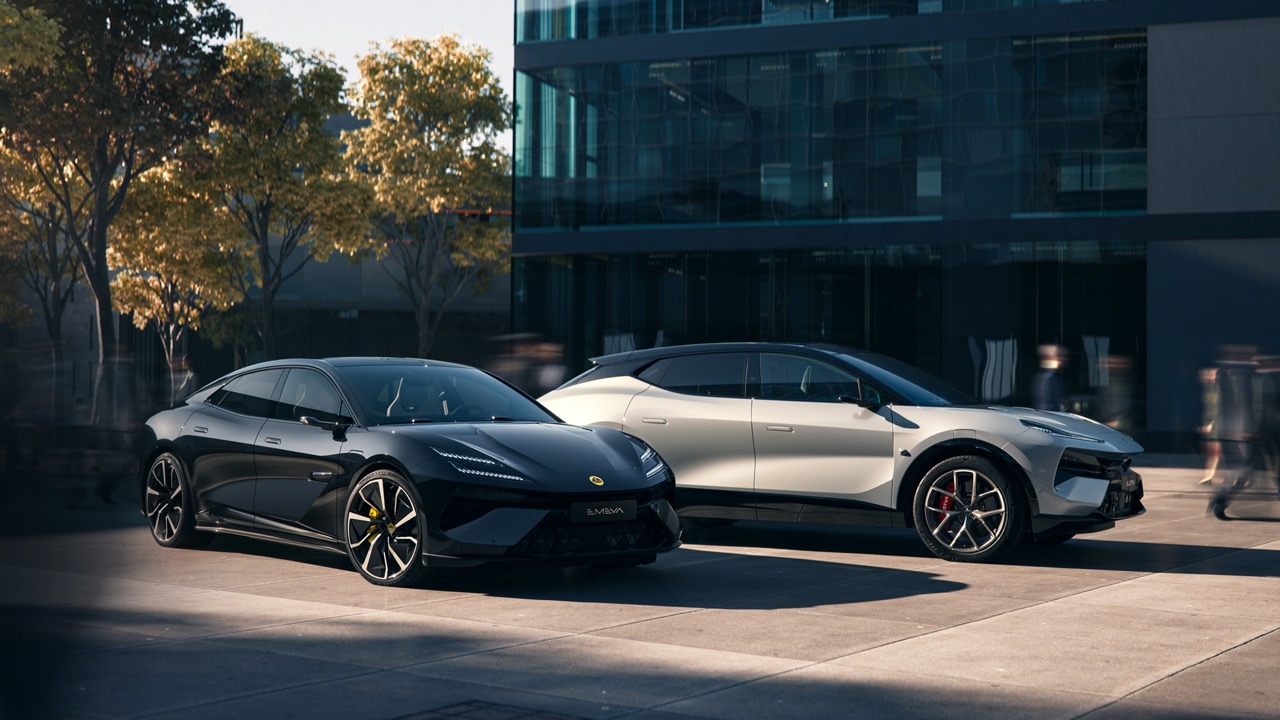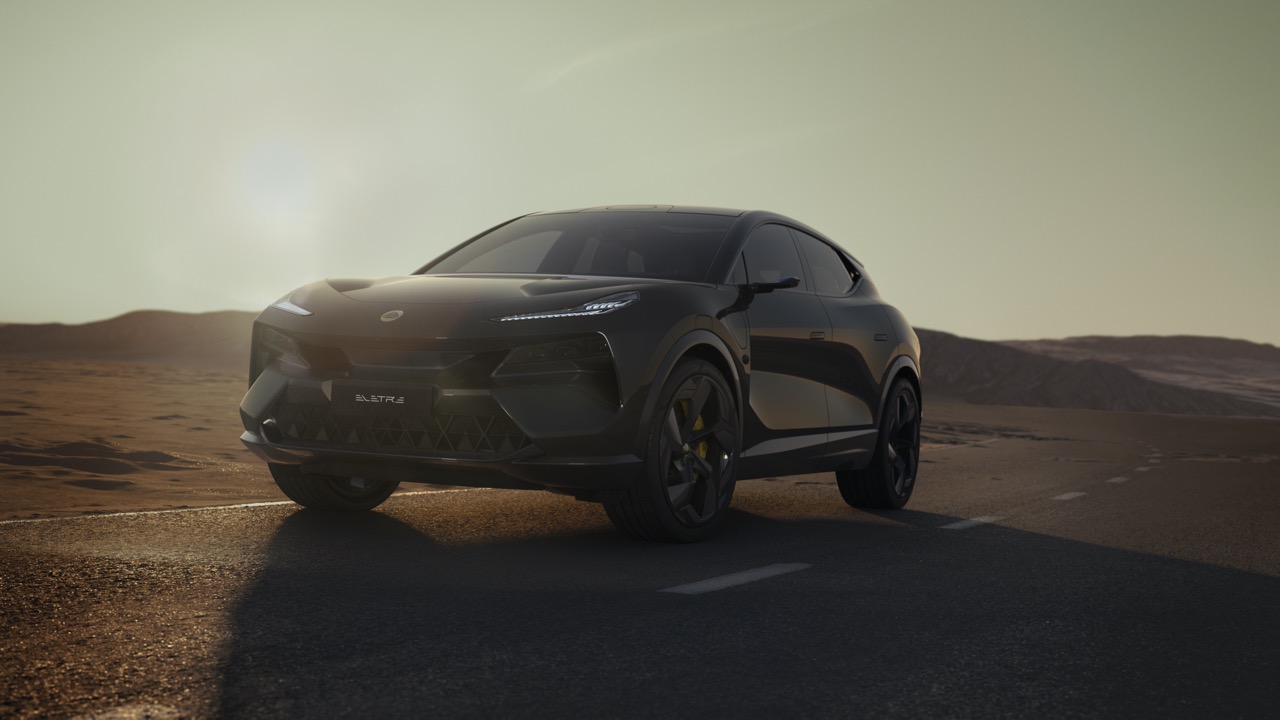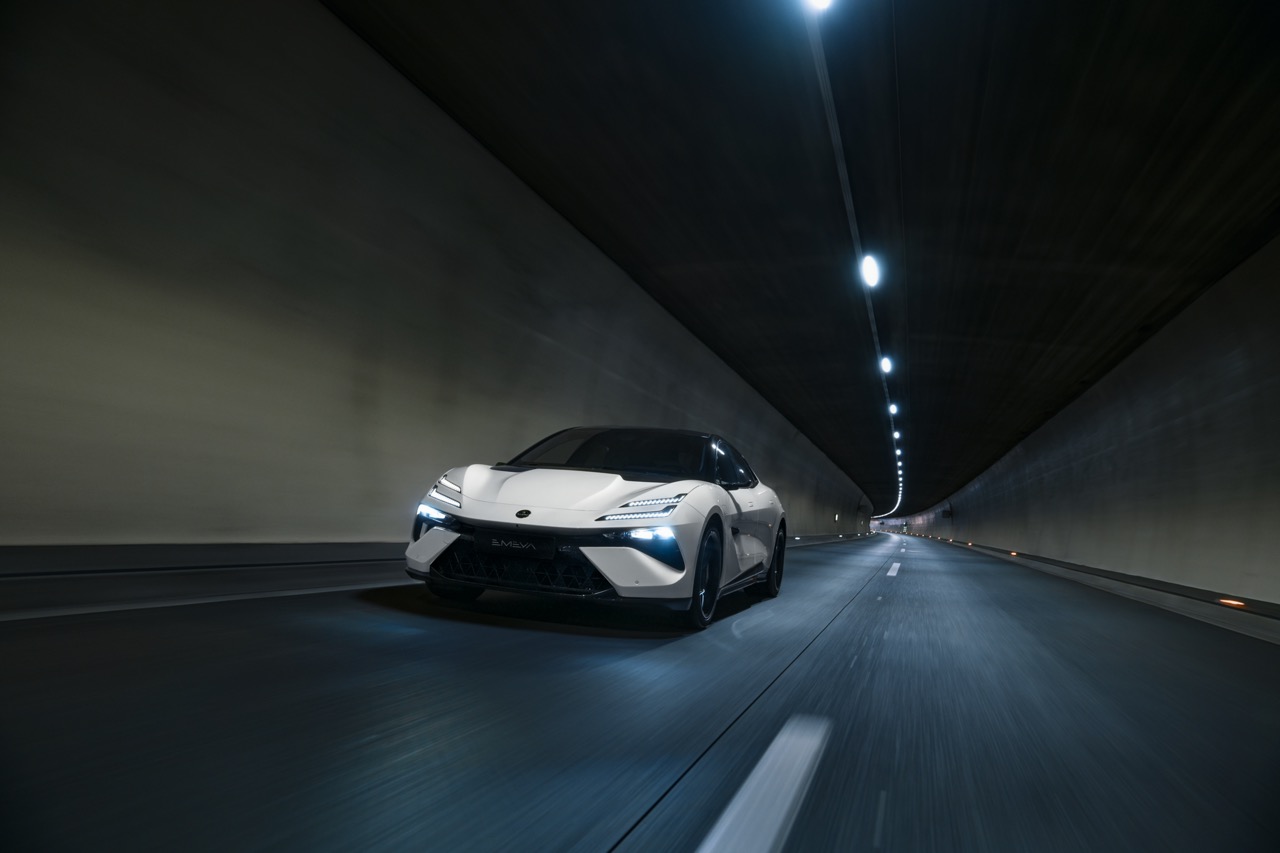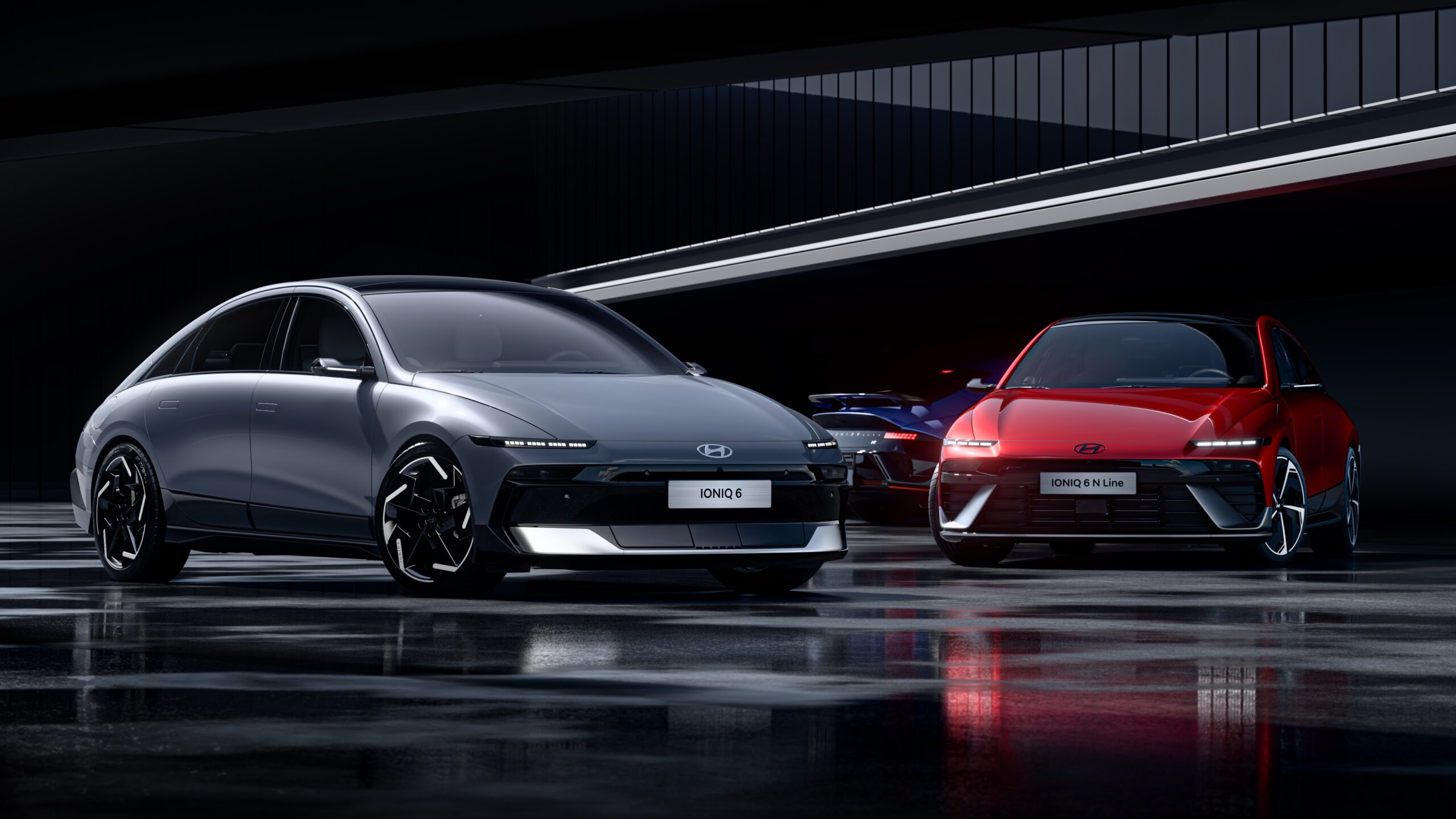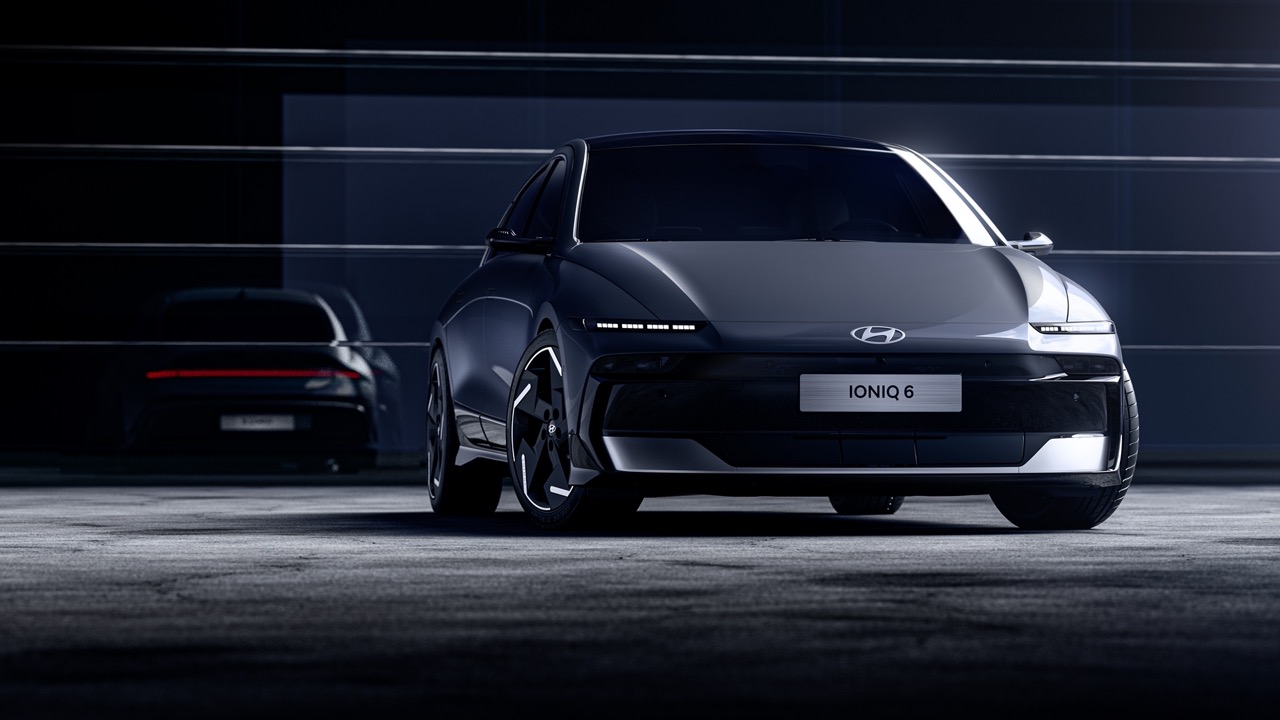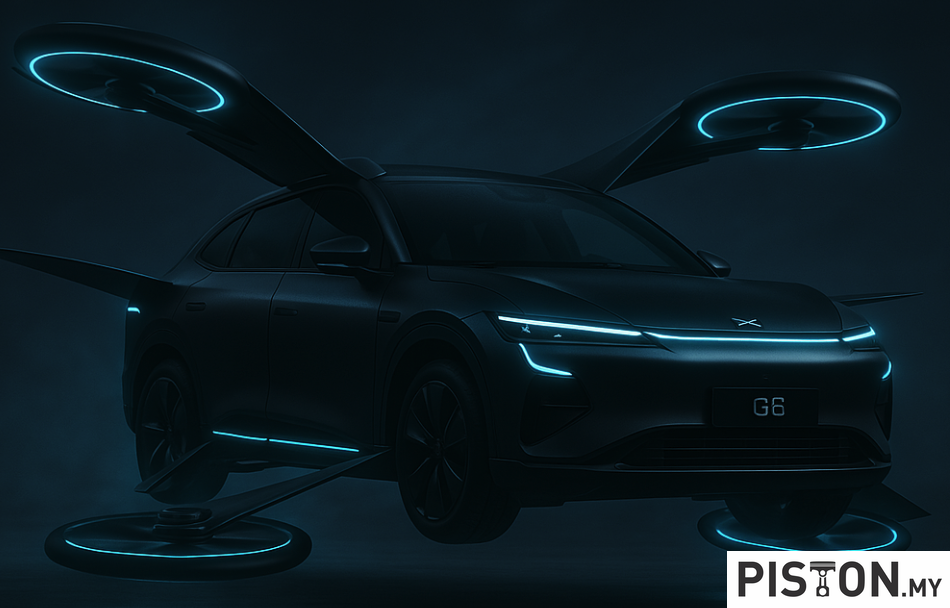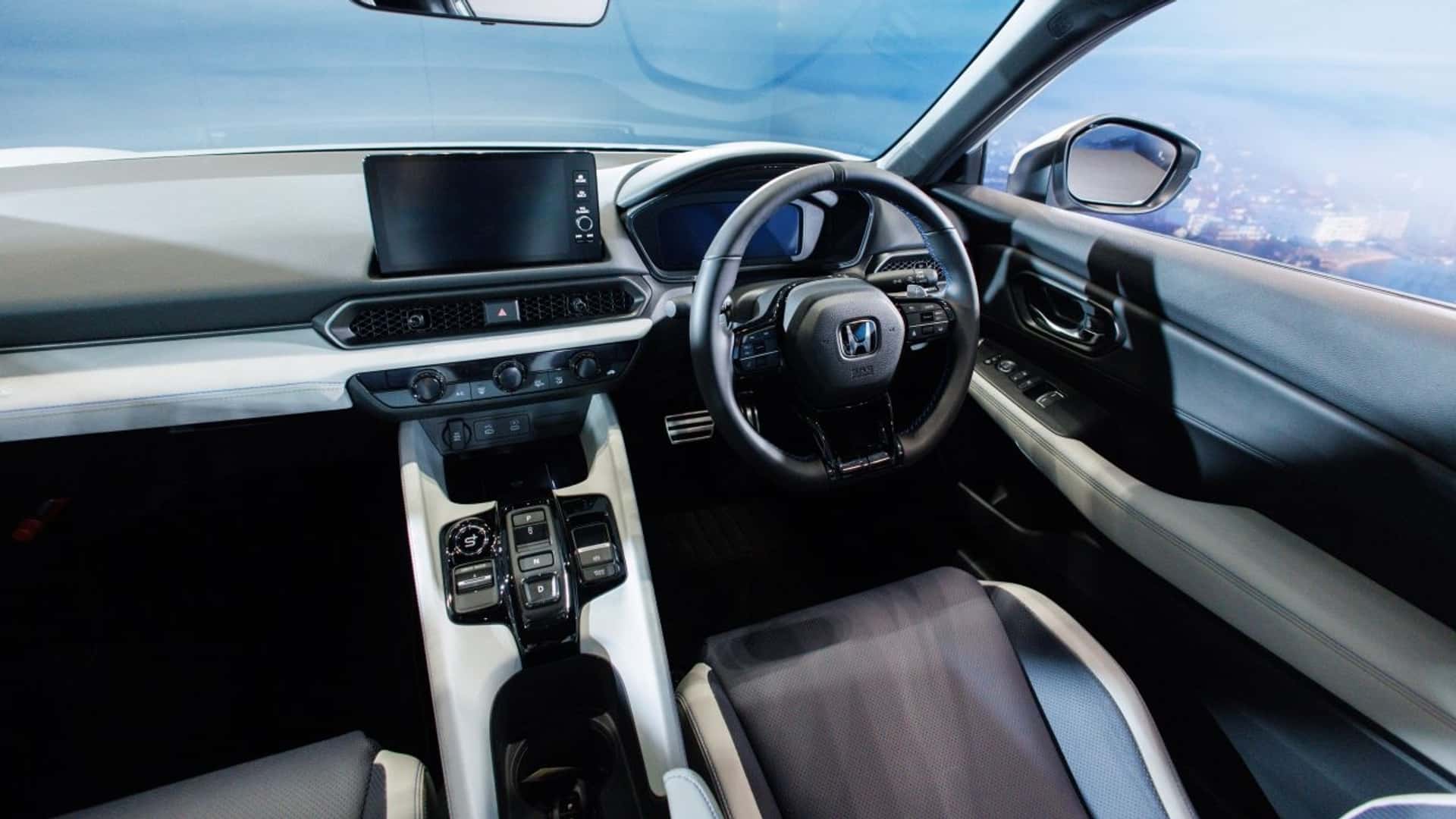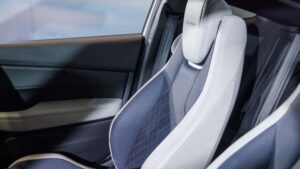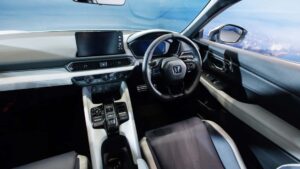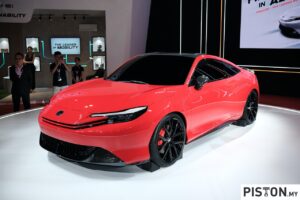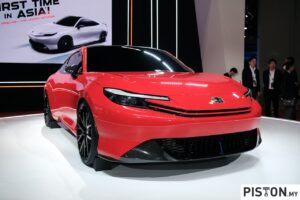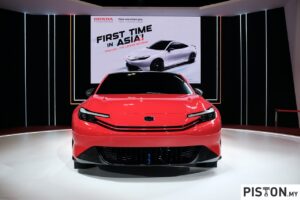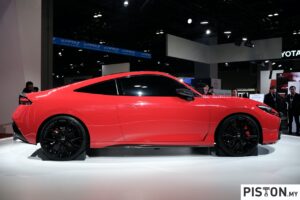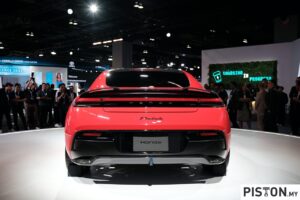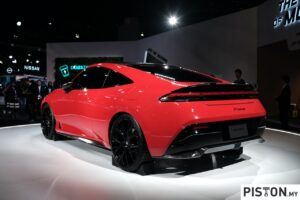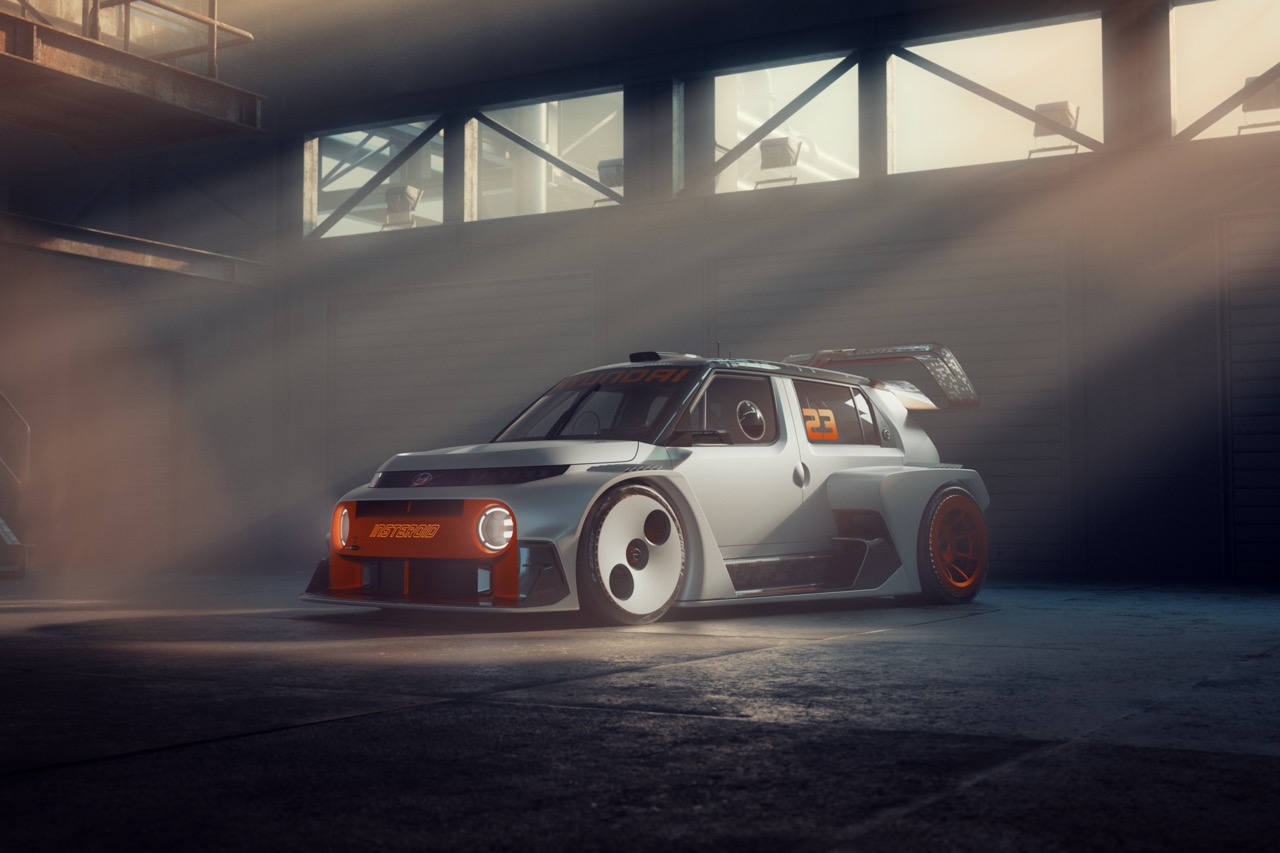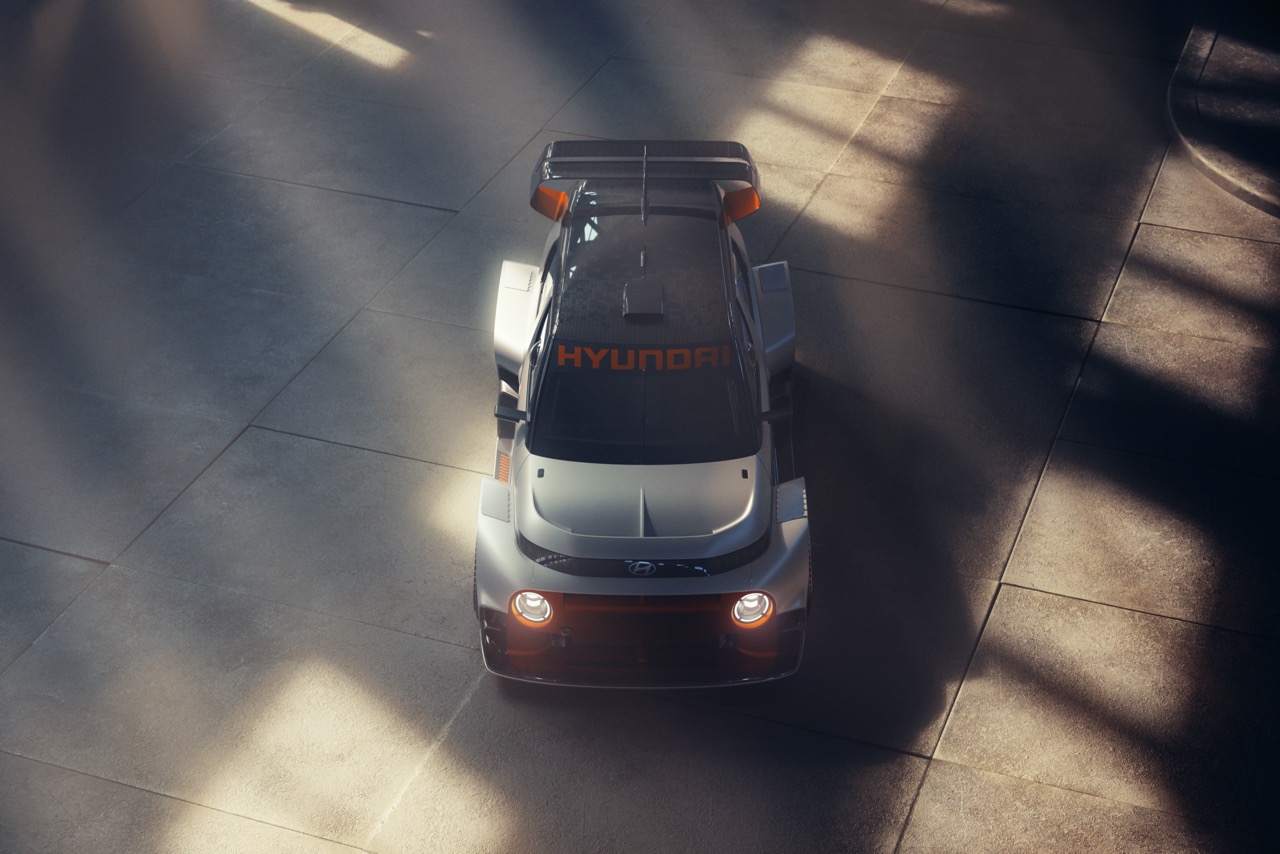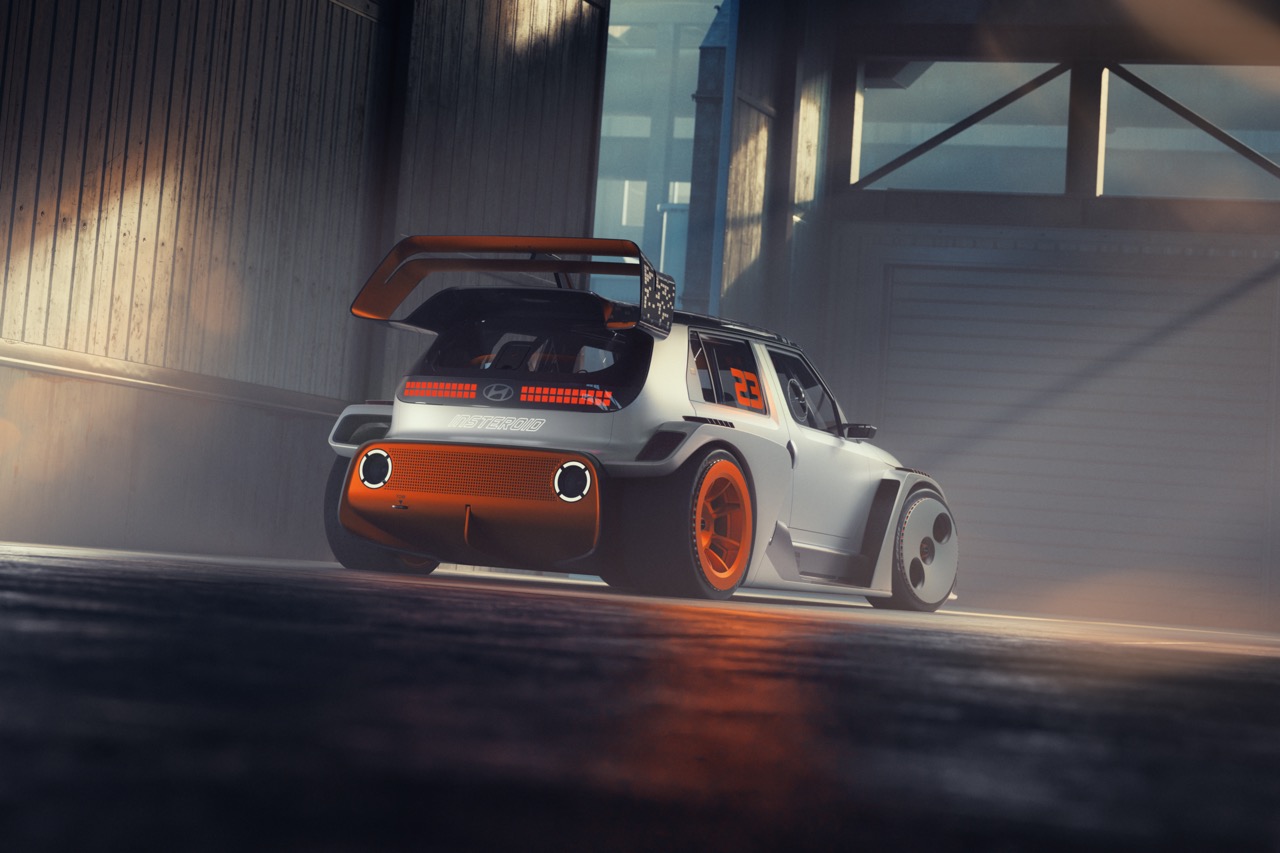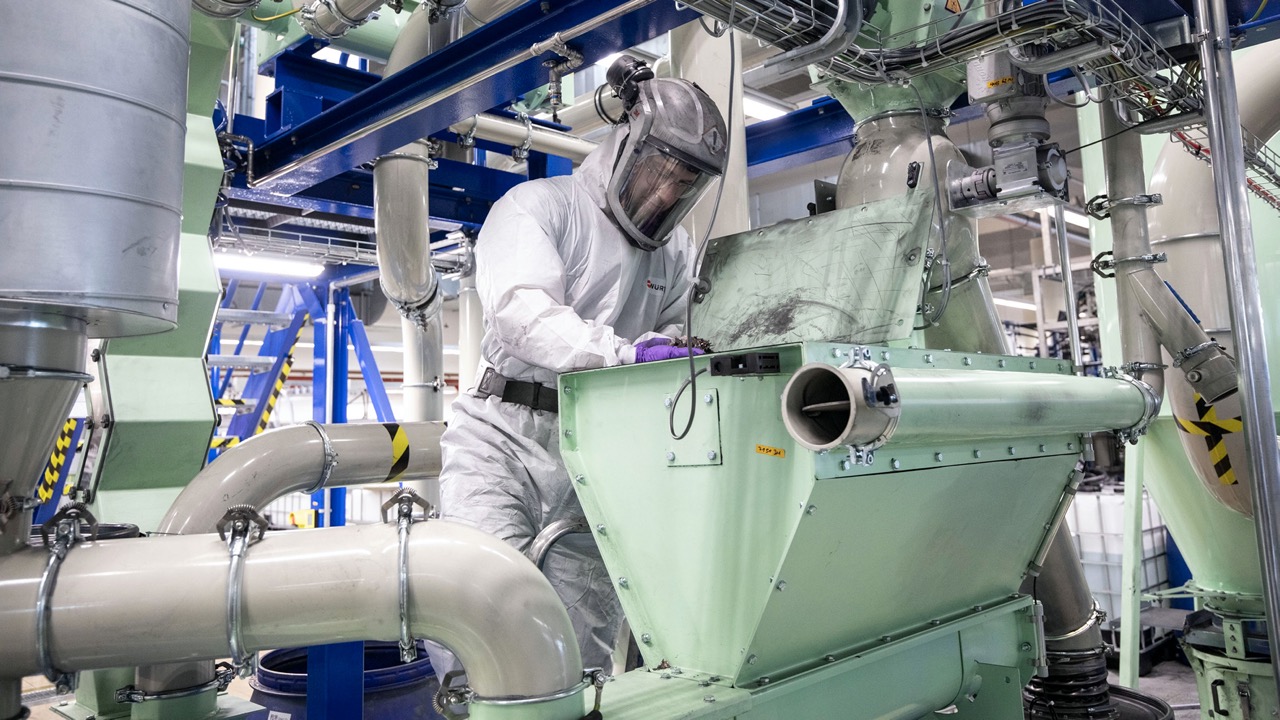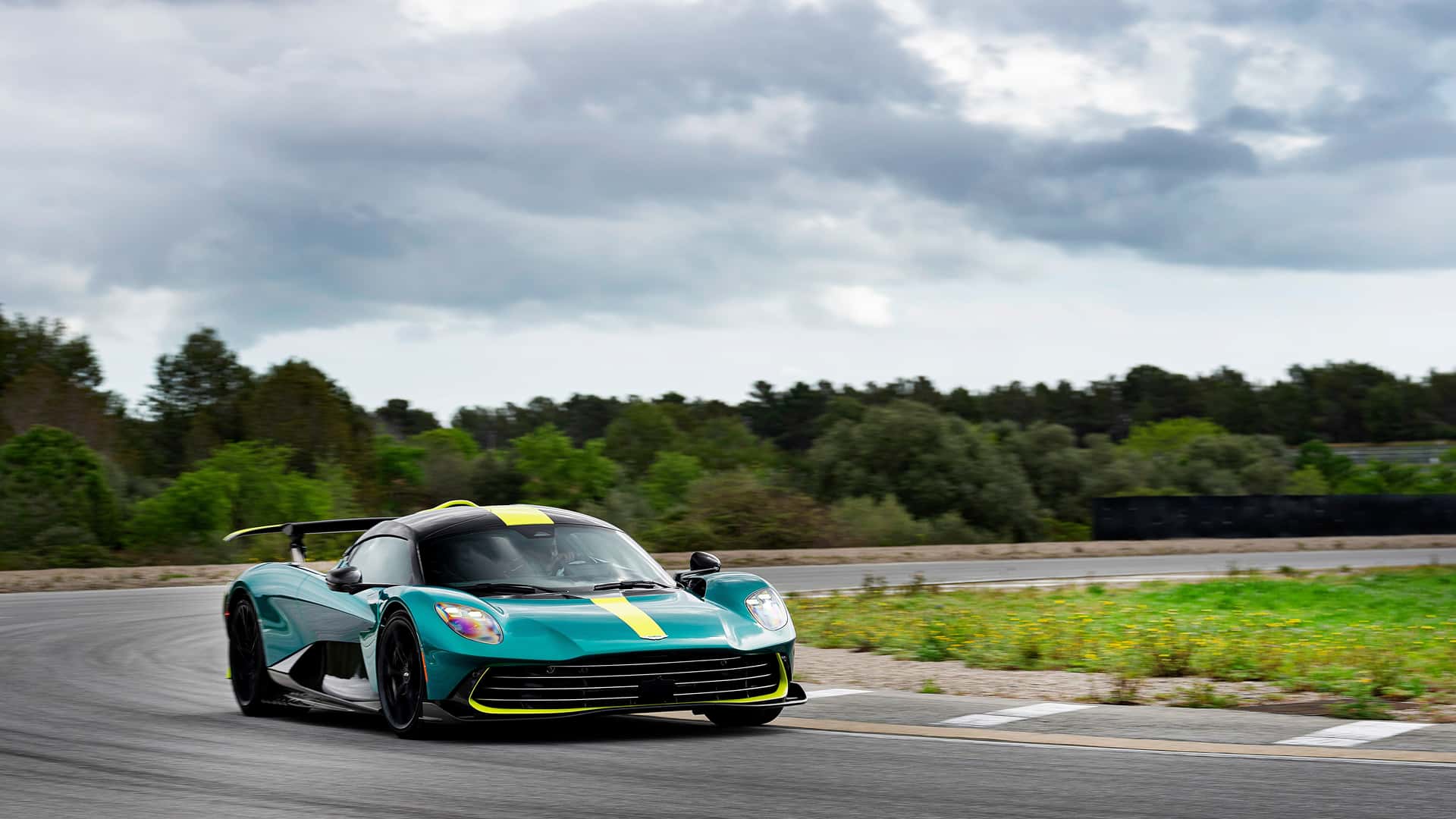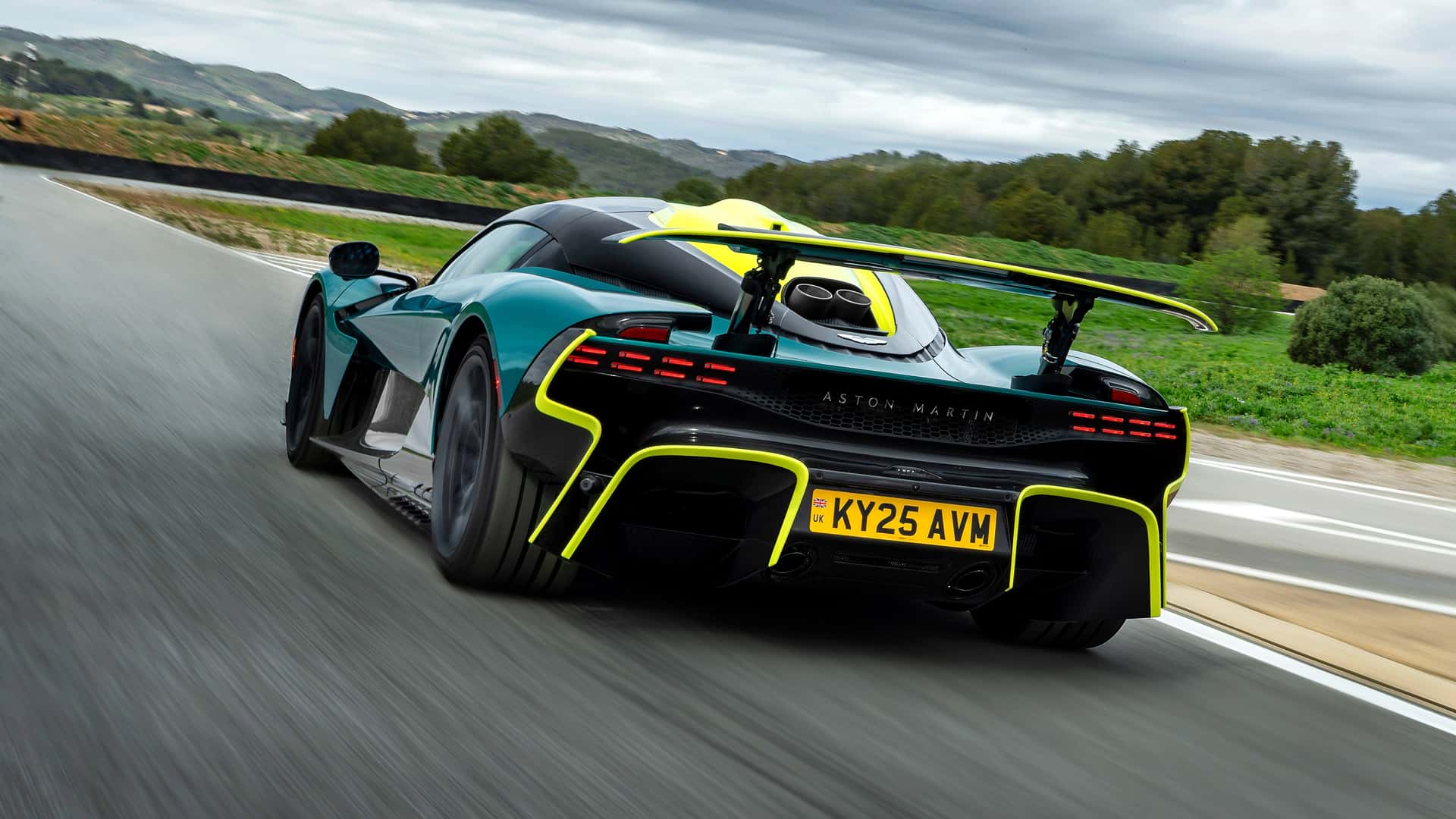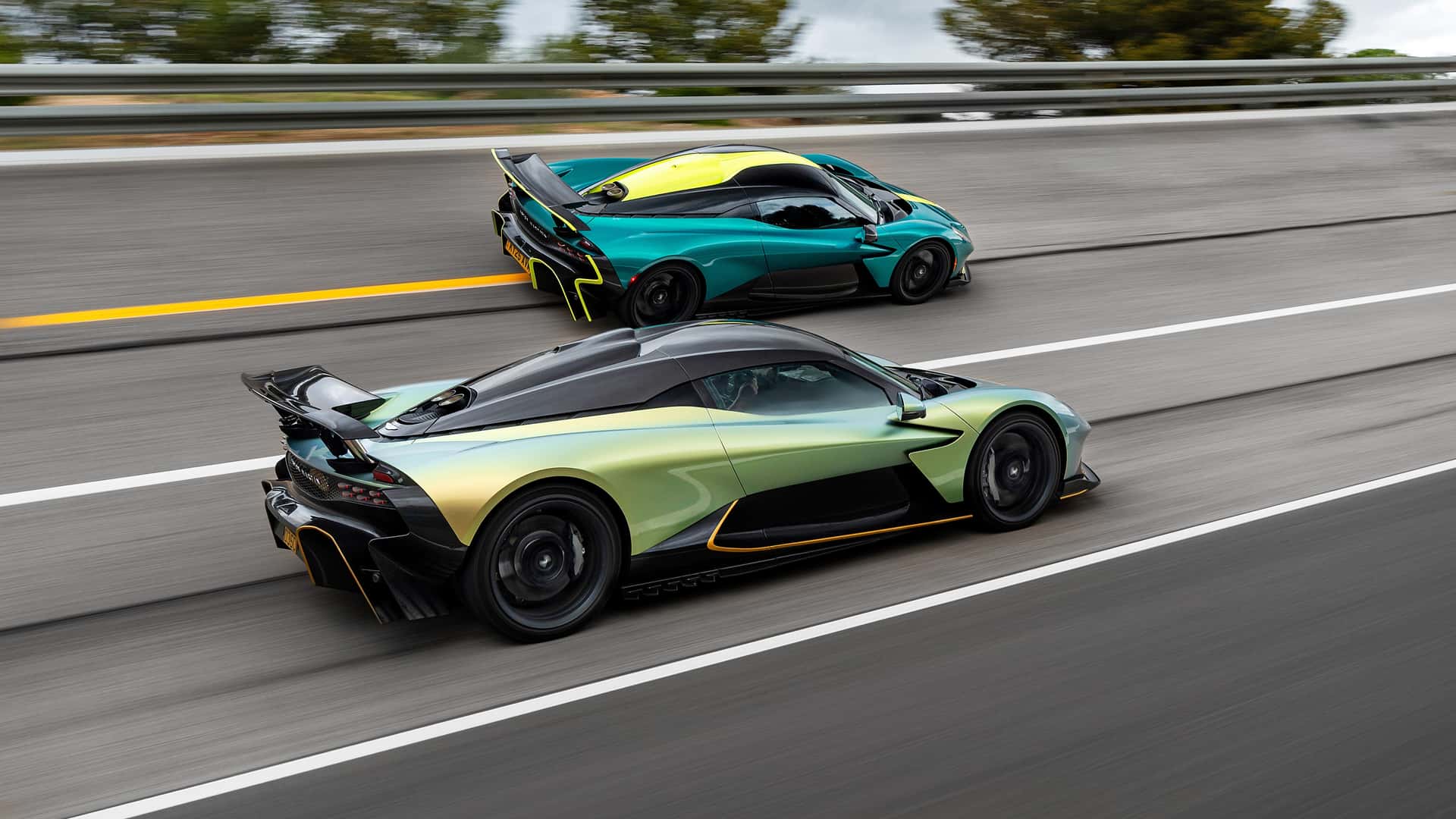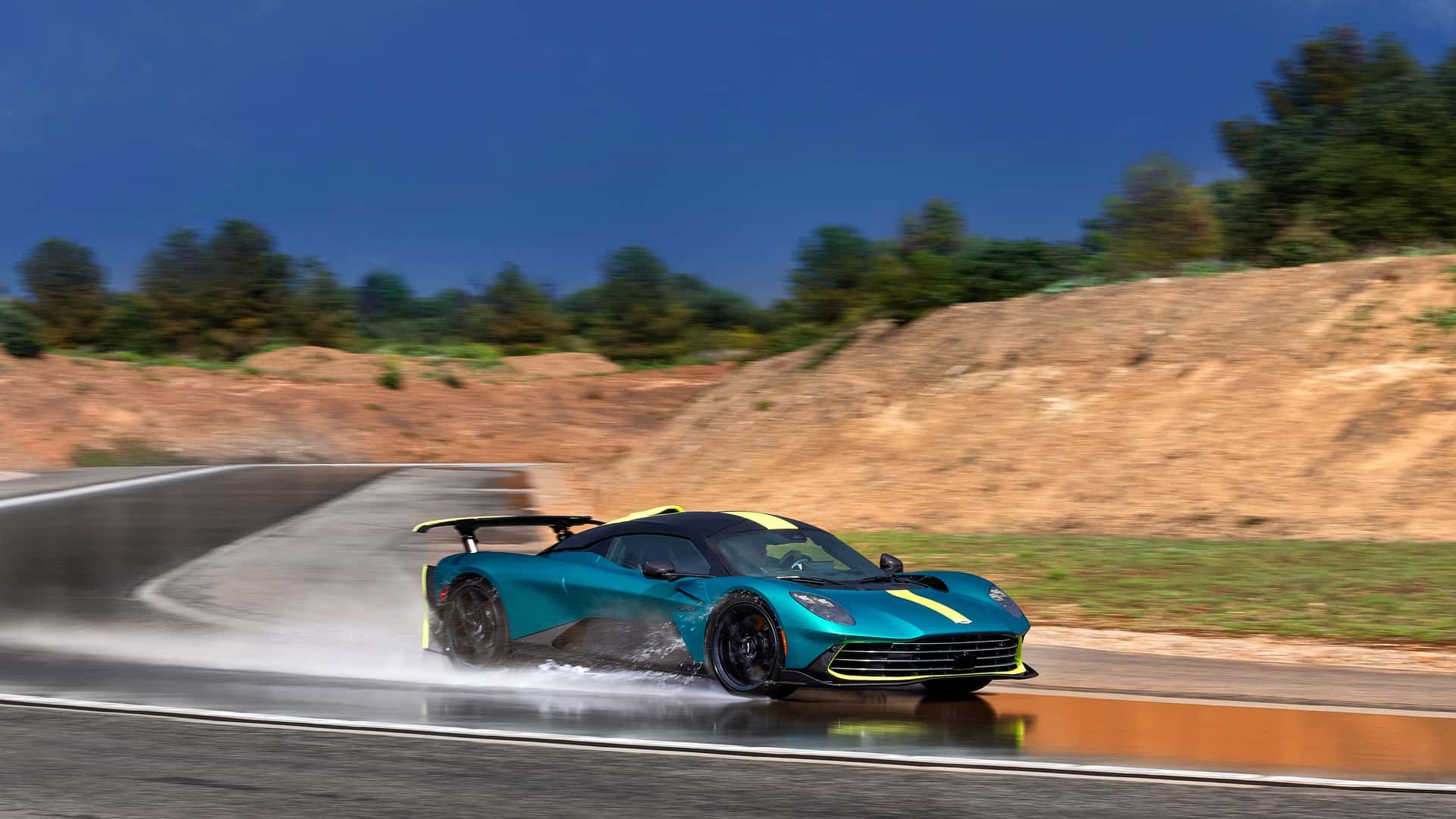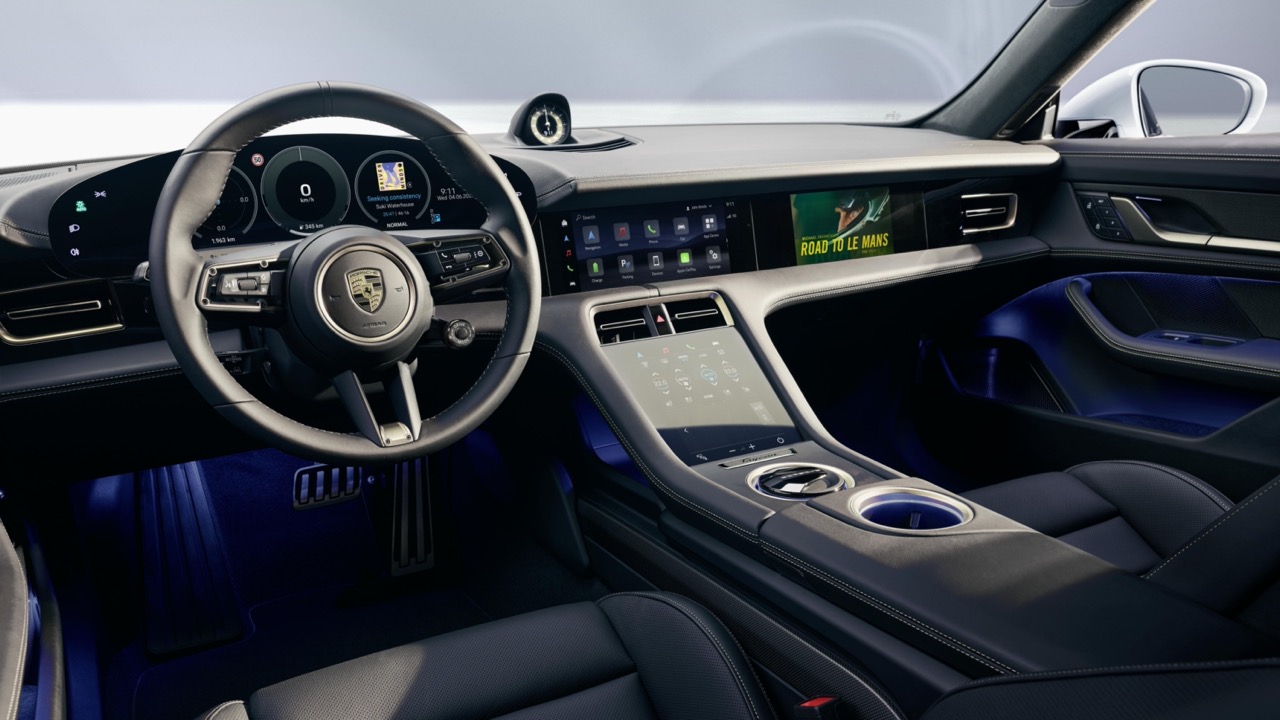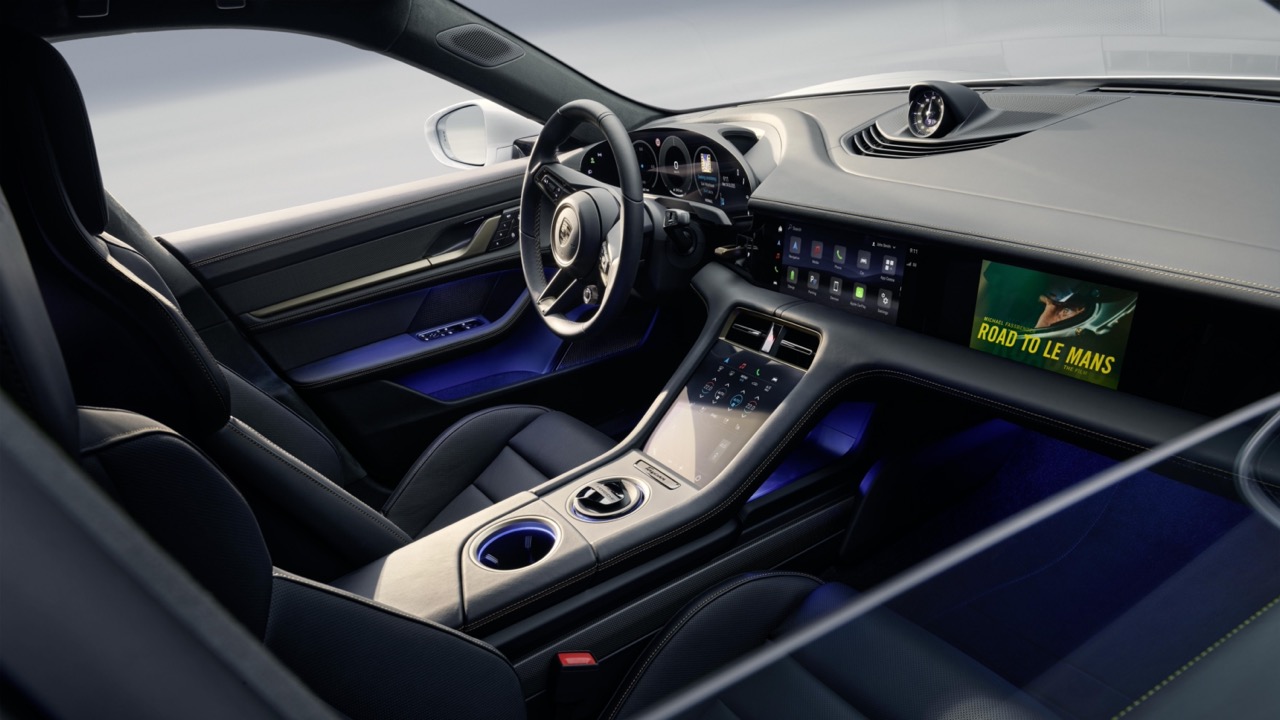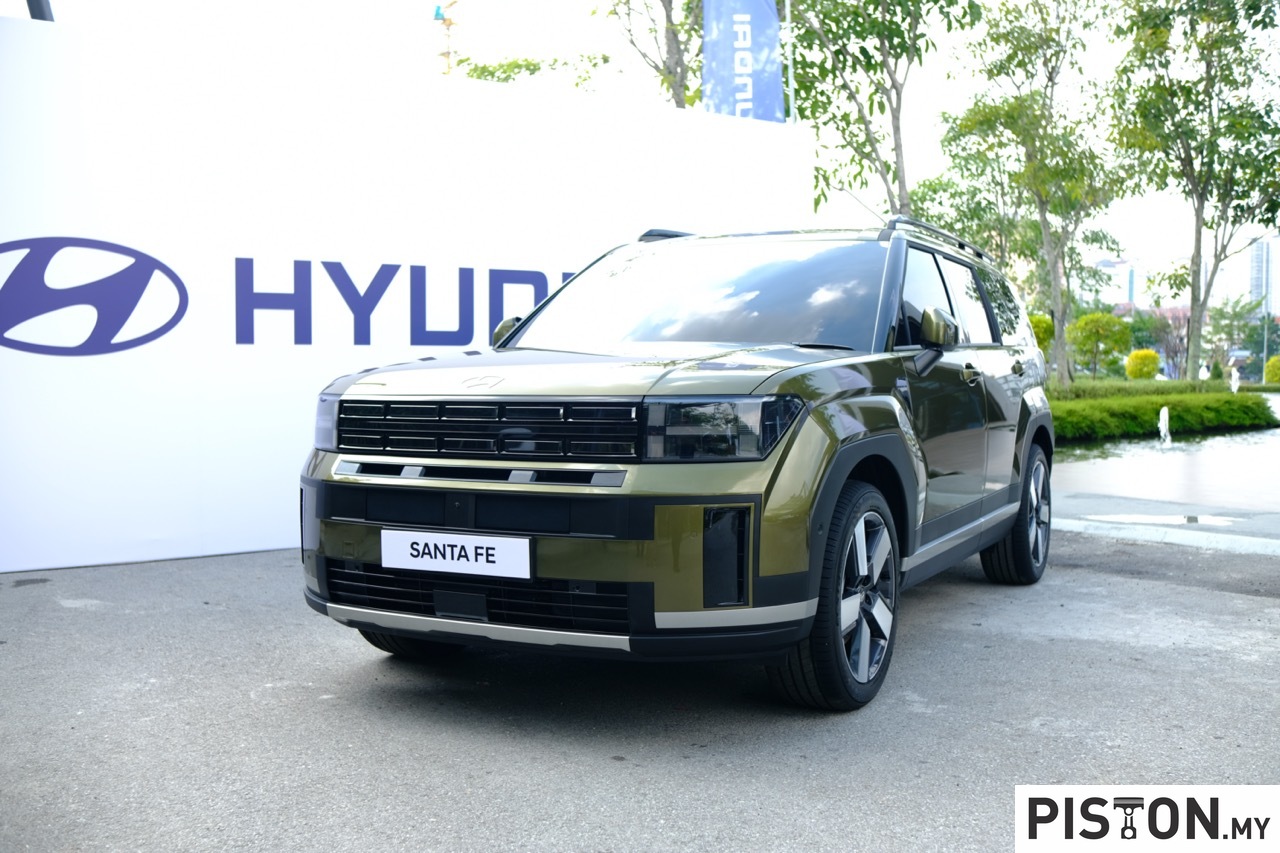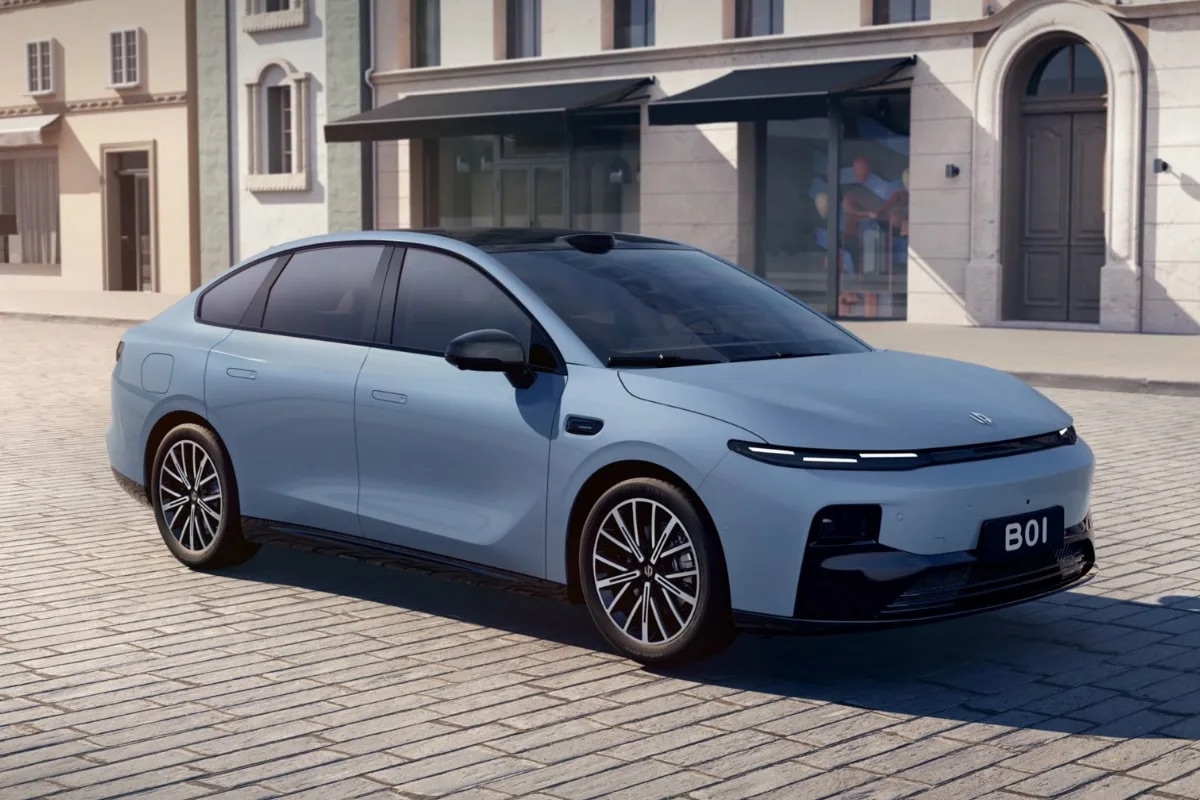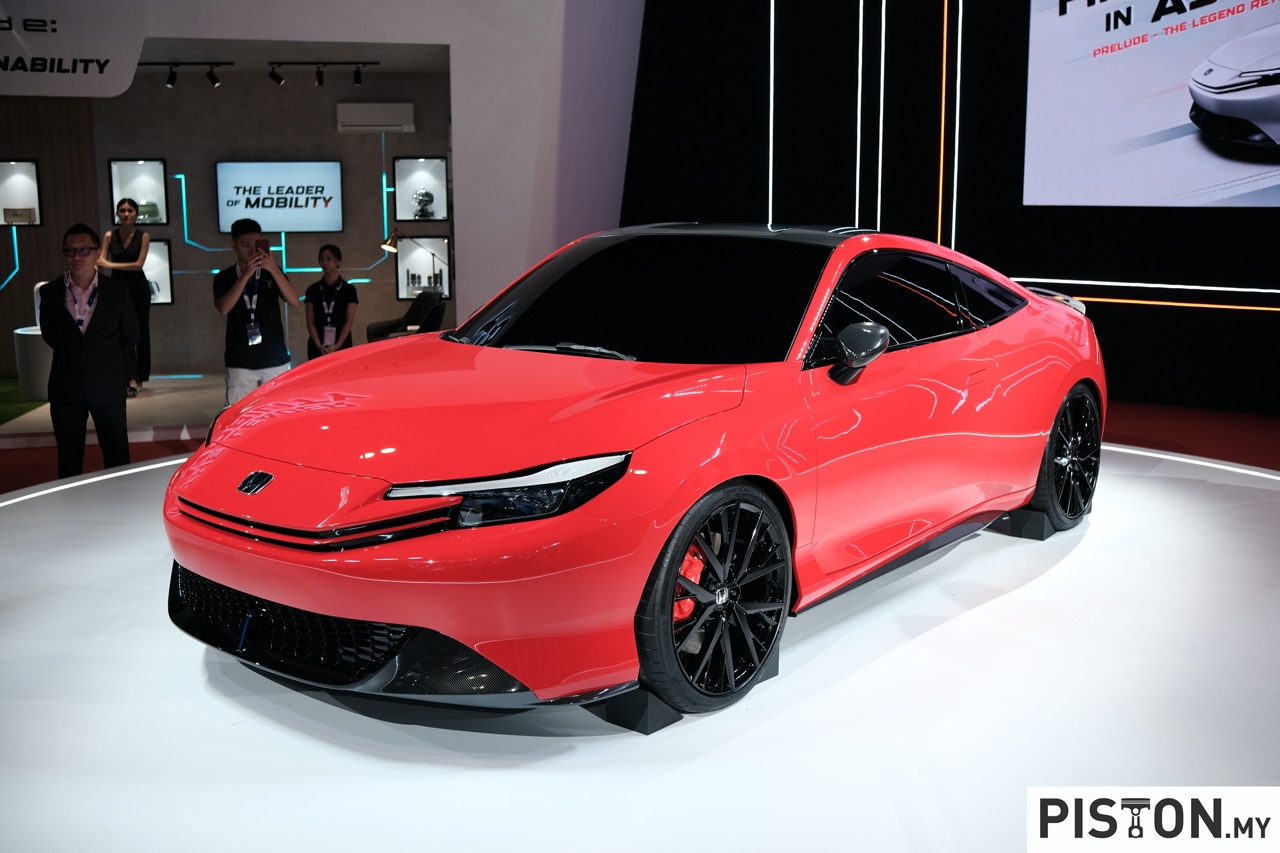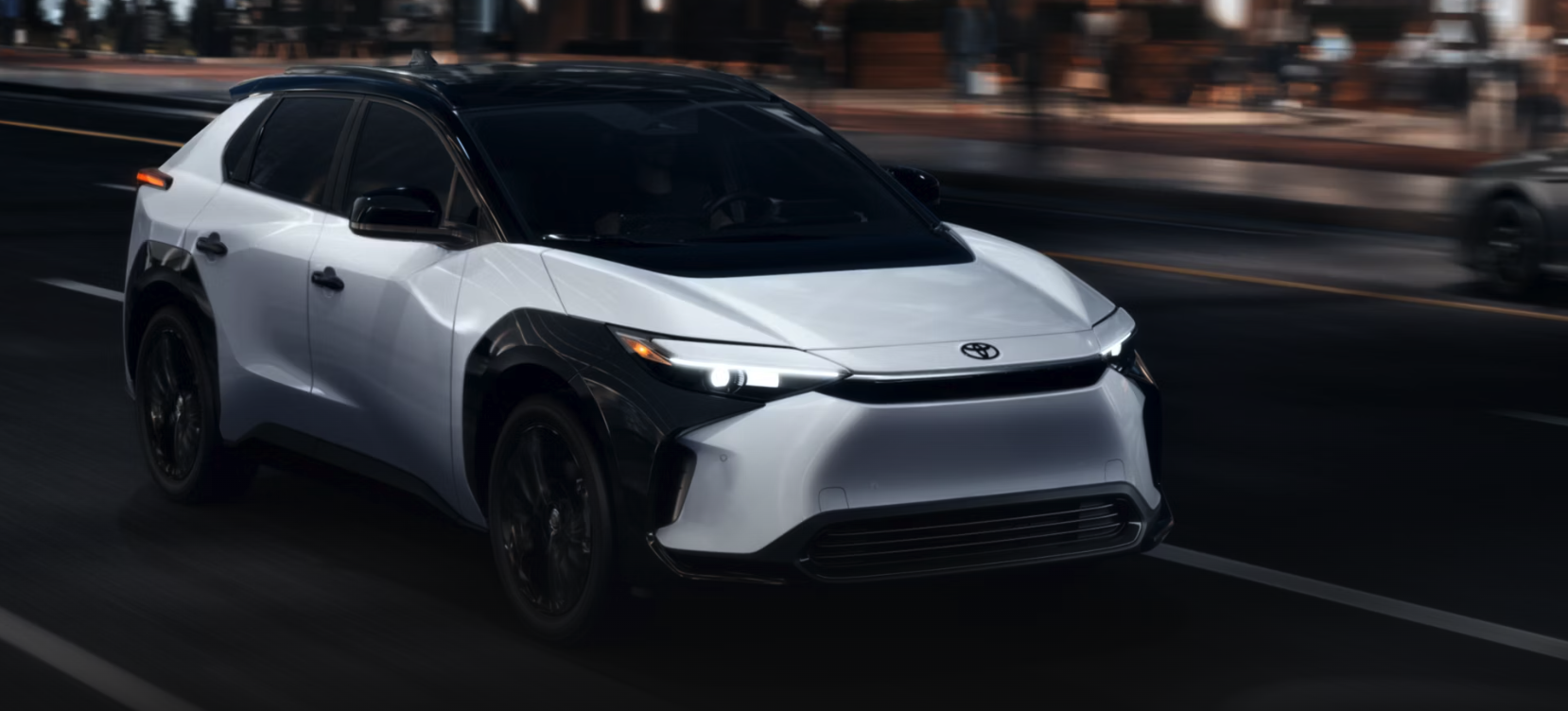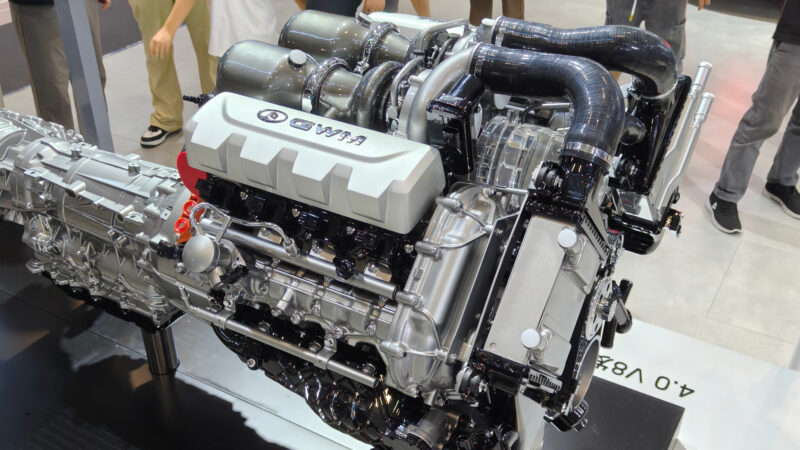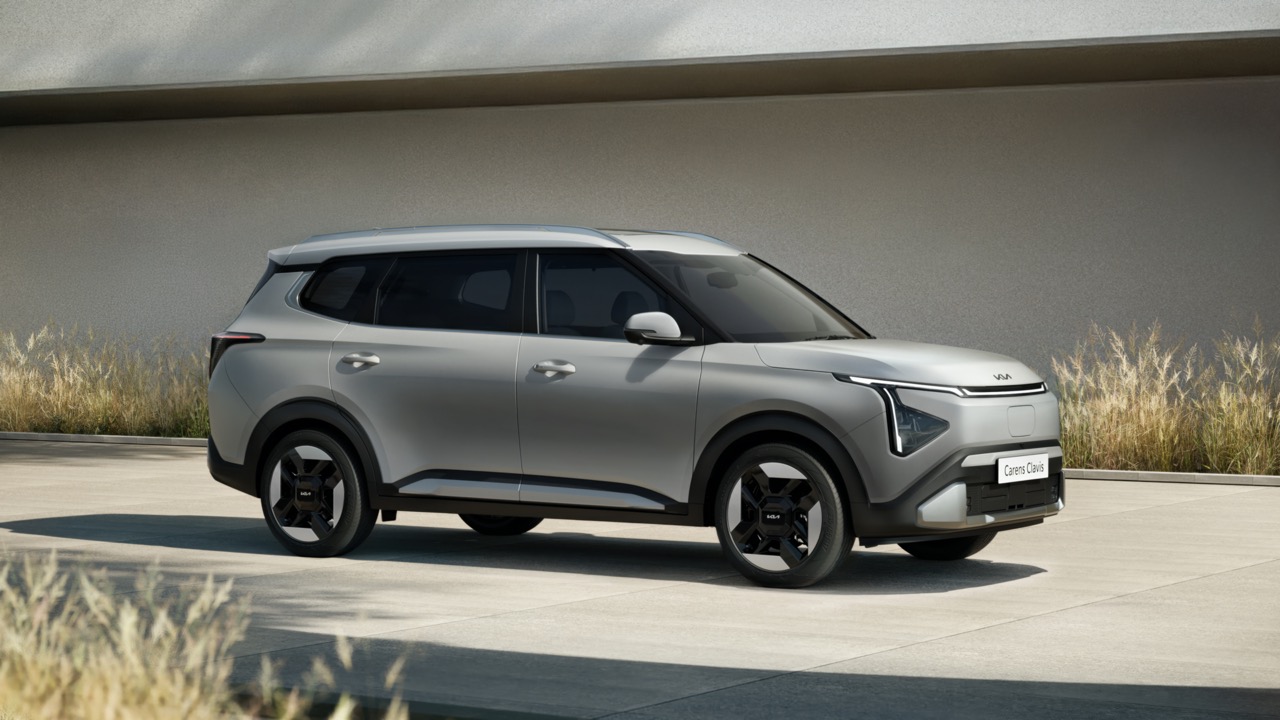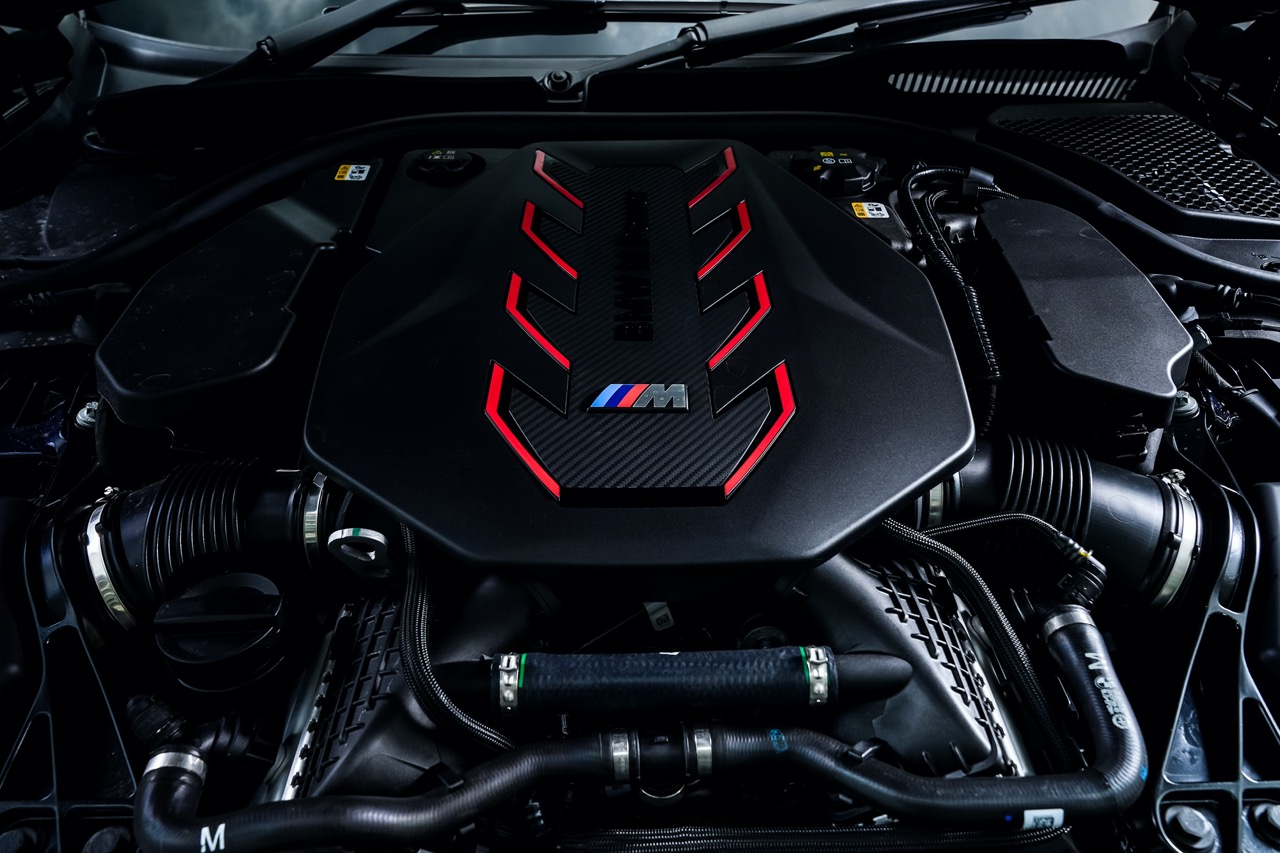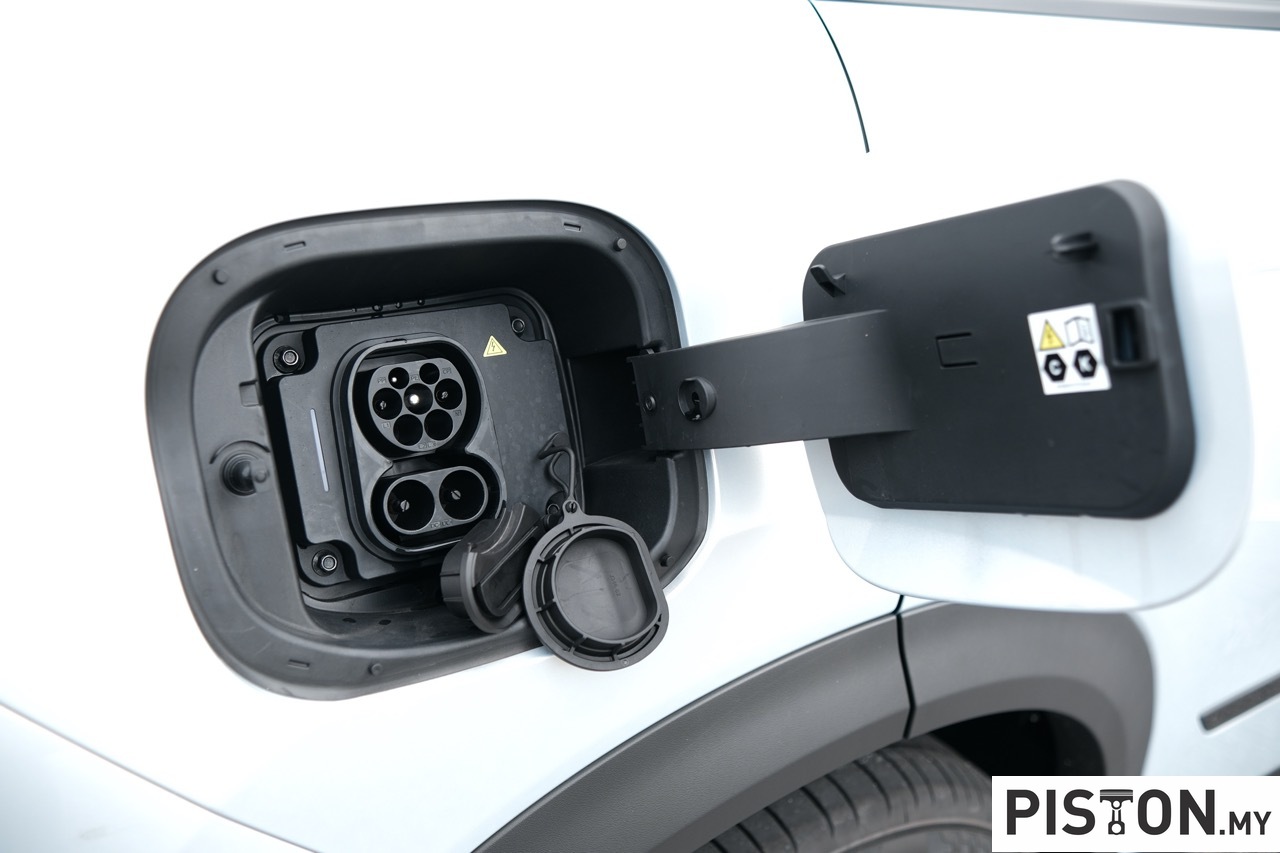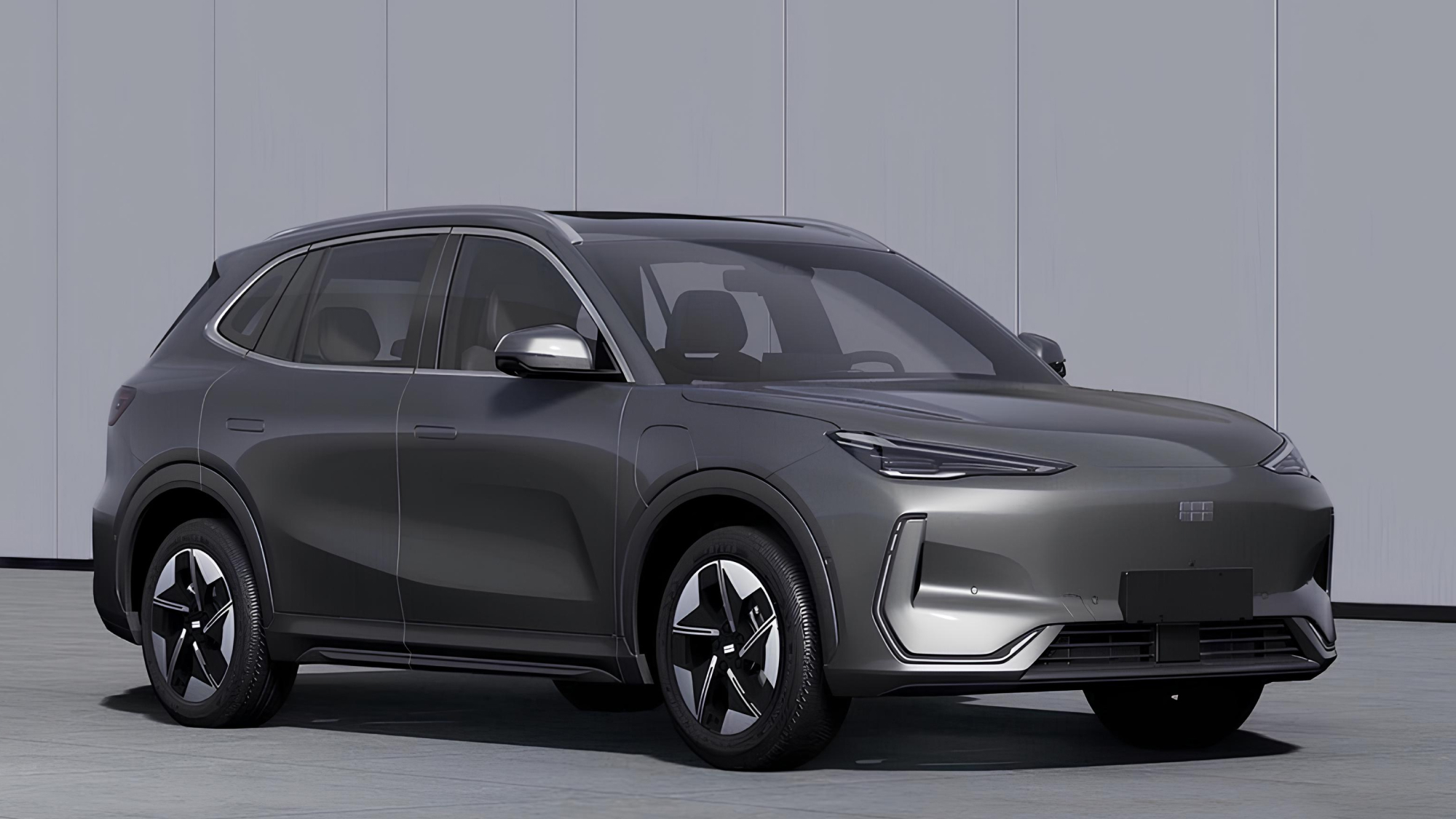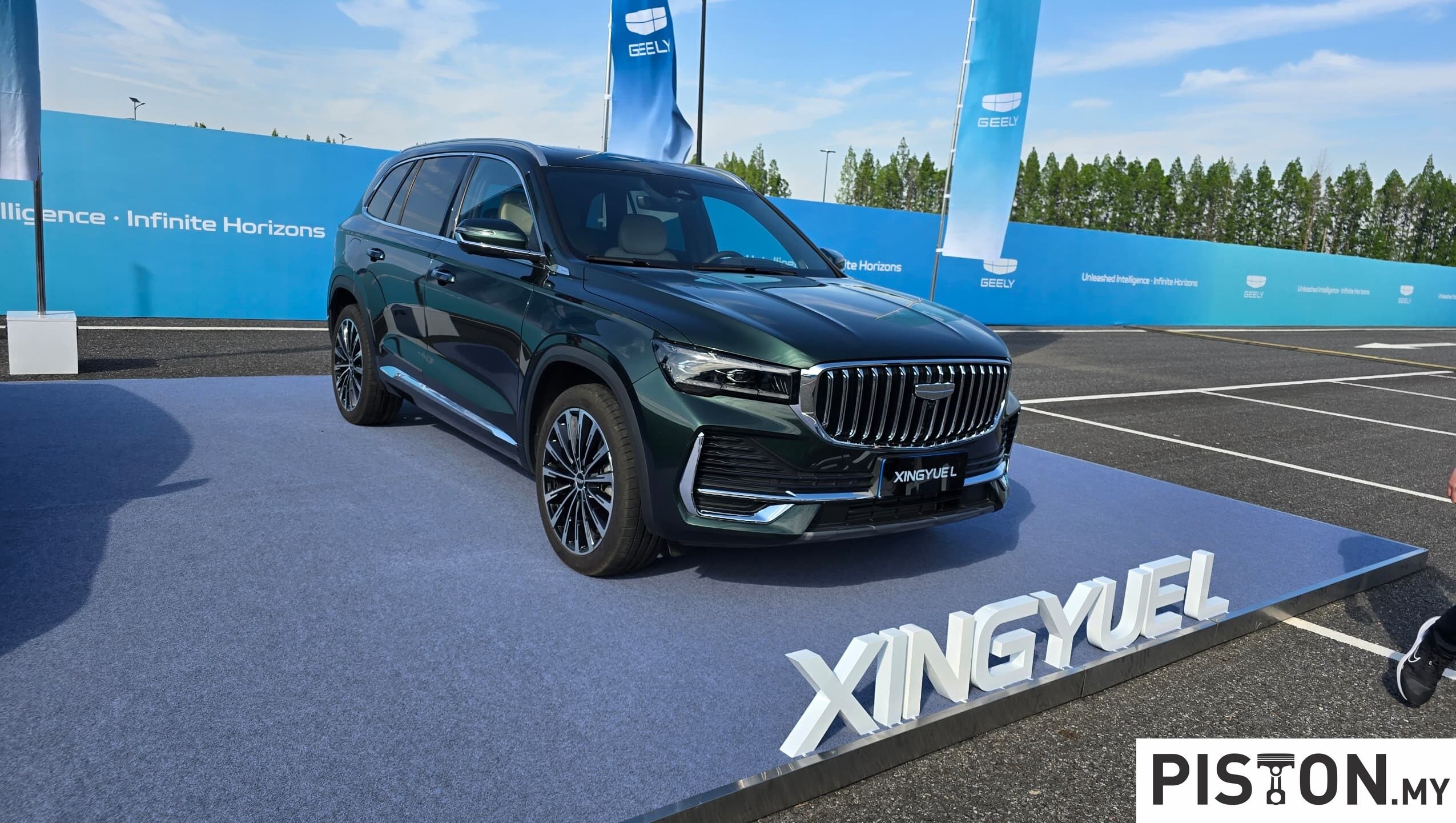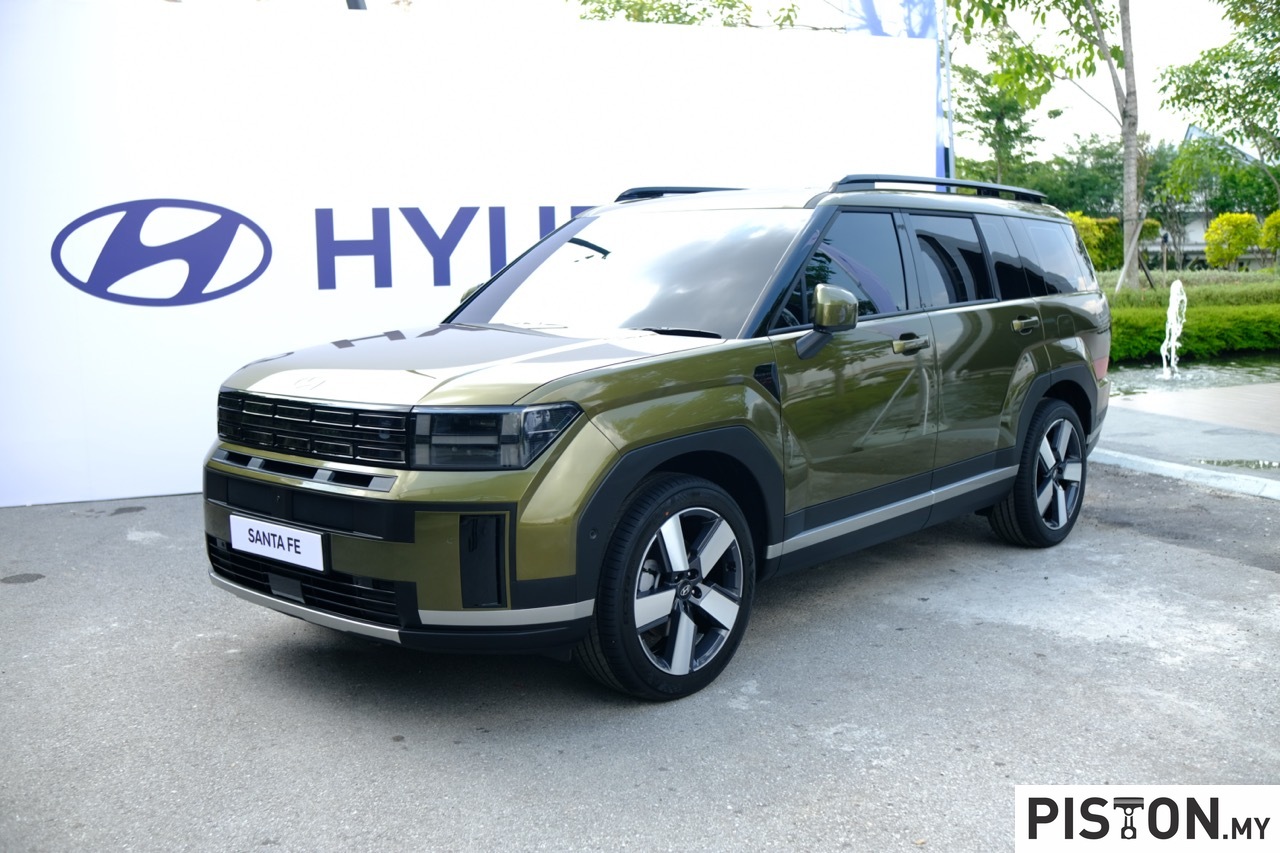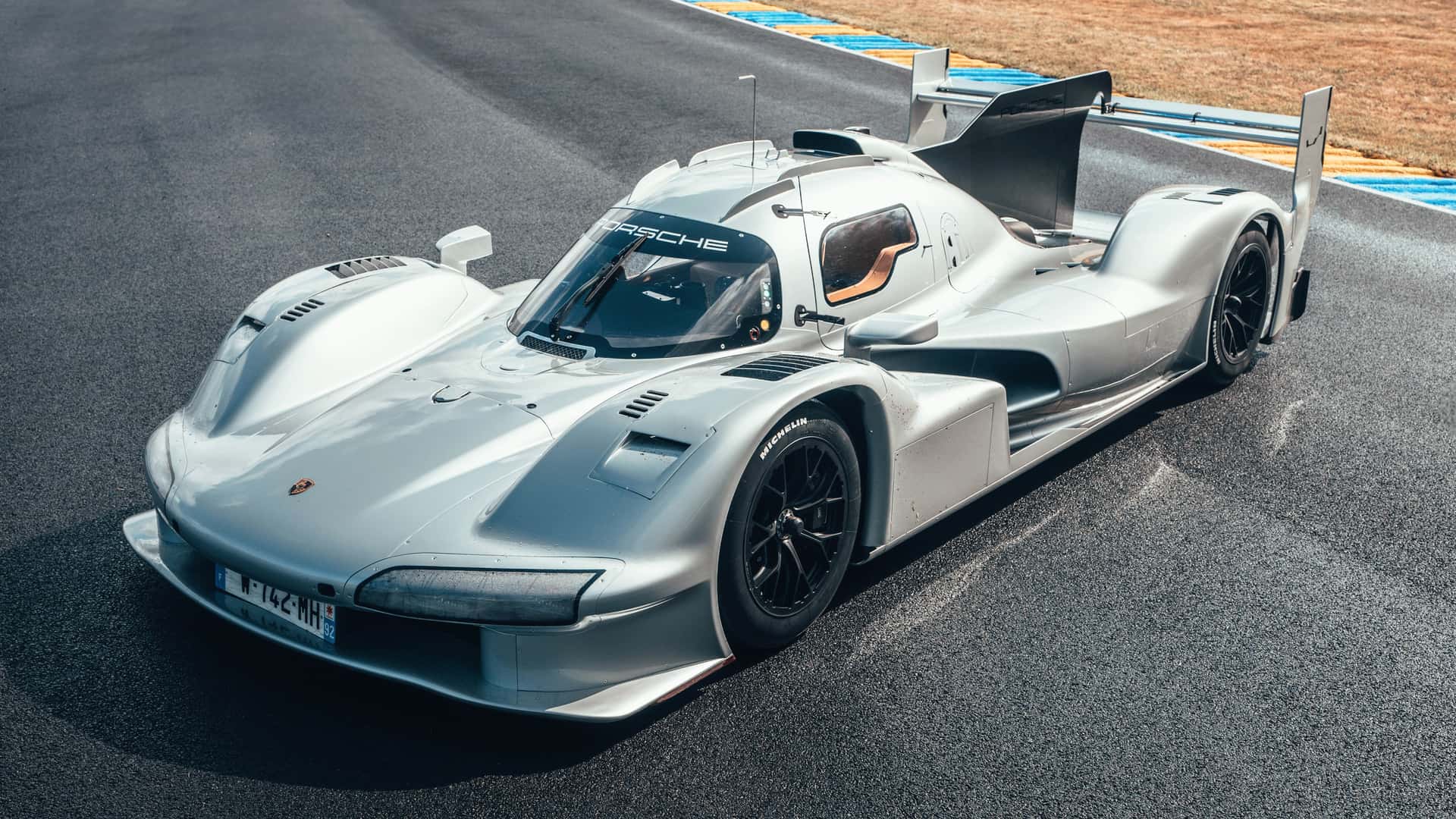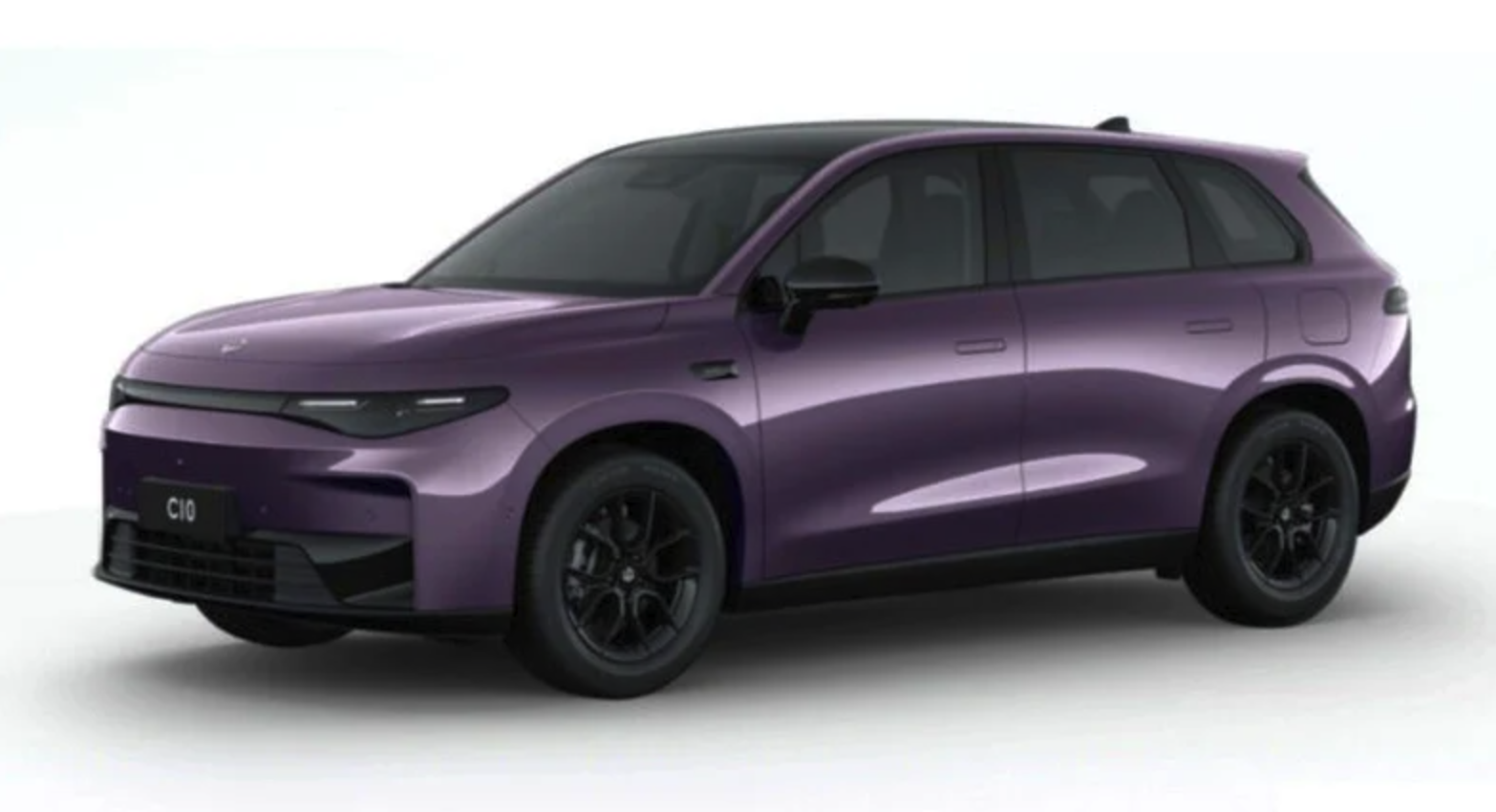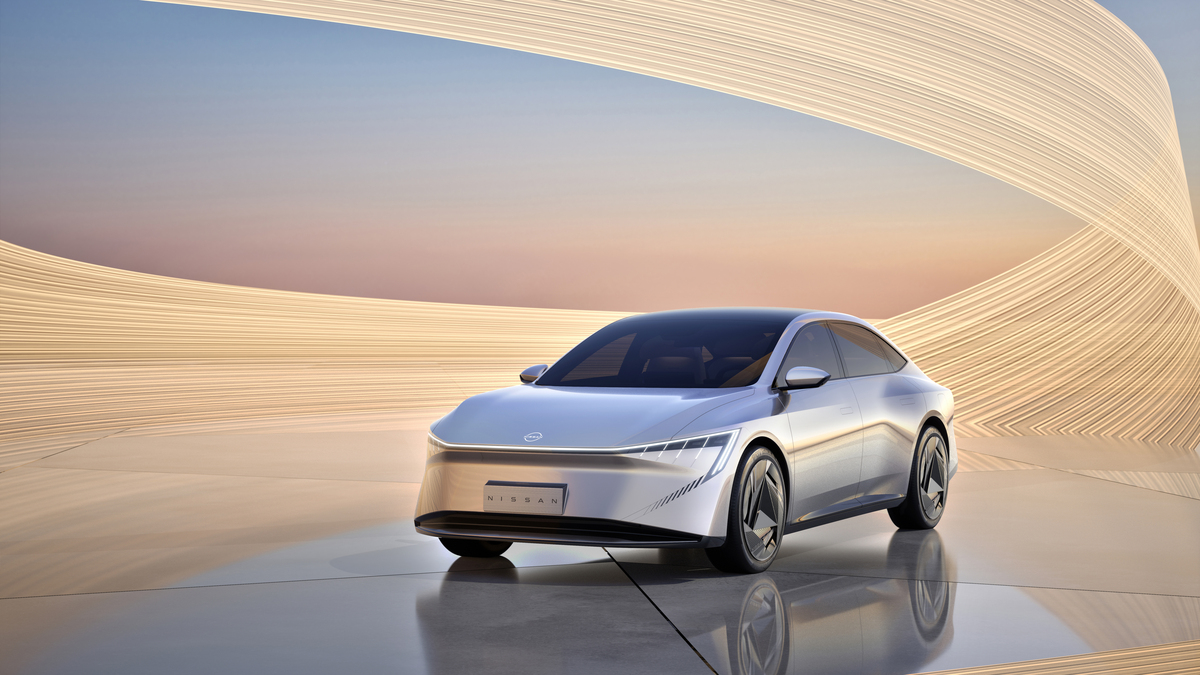Honda has taken another step toward reviving the iconic Prelude, unveiling its near-production interior for the first time. First introduced as a surprise concept at the 2023 Japan Mobility Show, the Prelude captivated enthusiasts with its sleek coupe silhouette. While its cabin remained hidden behind blacked-out windows back then, Honda has now revealed a closer look at what buyers can expect.
The Prelude’s cockpit carries a sense of familiarity, borrowing heavily from the Civic’s design. However, it lacks the latter’s signature continuous vent layout. In many ways, the dashboard bears a closer resemblance to the Acura Integra, another model that shares its mechanical underpinnings. Unlike the Integra and Civic, which use conventional automatic gear levers, the Prelude adopts a button-based gear selector. Notably, Honda has confirmed that a manual transmission will not be offered.
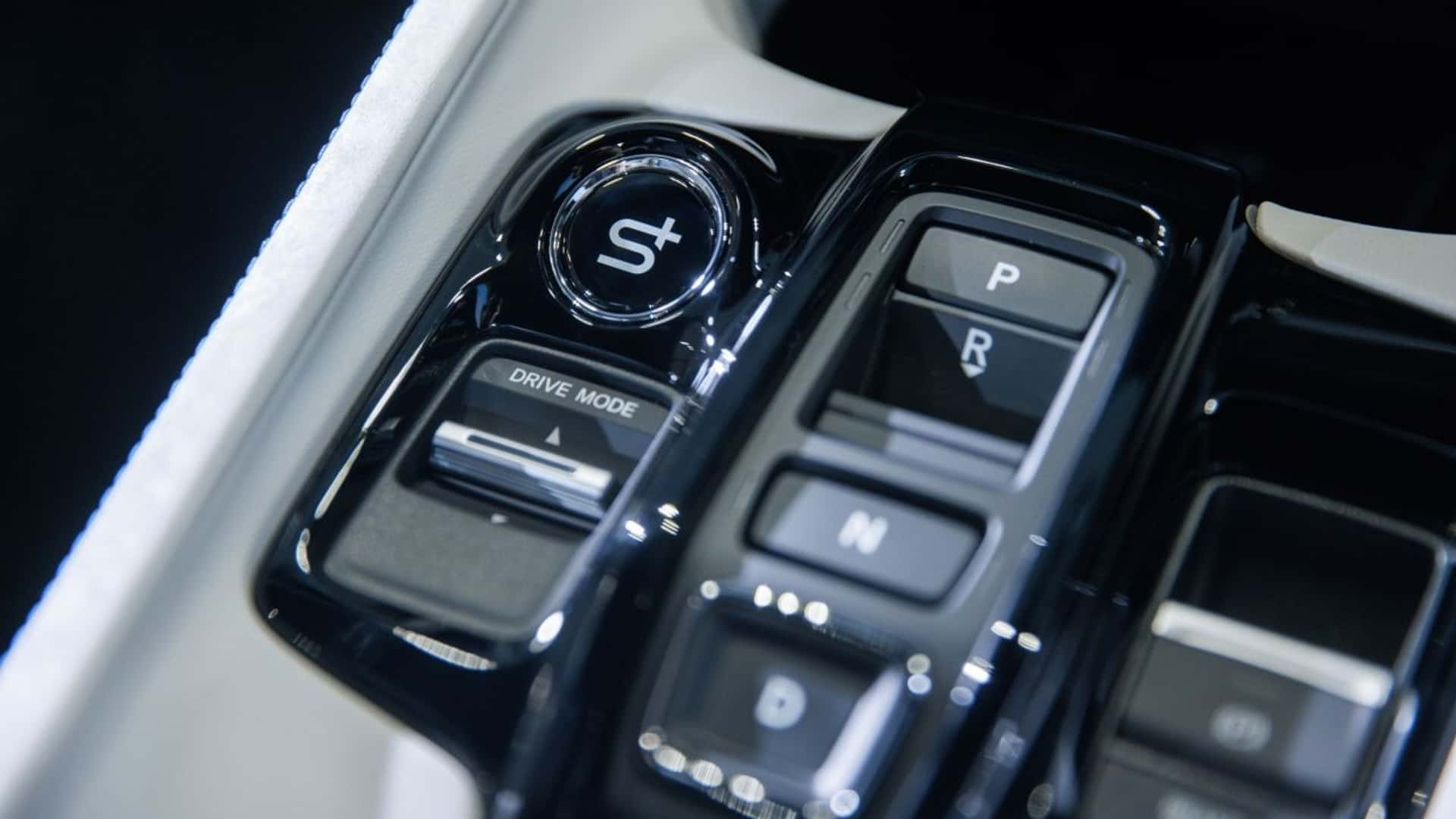
One of the Prelude’s standout features is its S+ mode, which enhances the simulated shifting characteristics of its eight-speed transmission. This system allows drivers to engage paddle shifters, delivering an experience similar to the Hyundai Ioniq 5 N’s artificial gearbox, though in this case, there’s a real internal combustion engine at work. Honda explains that the “S+ Shift” mode optimises engine RPM control during acceleration and deceleration, resulting in a sharper and more responsive drive. The driving experience is further enhanced by artificial engine sounds, which are pumped through the speakers.
A recent video from a Japanese YouTuber provided a deeper look at the Prelude’s interior layout. The coupe features two rear seats, but the sharply sloping roofline restricts headroom in the back. However, Honda has compensated for this with a practical approach—the rear seats fold nearly flat, and the Prelude’s hatchback-style trunk opening makes loading bulkier items easier. A cargo cover has also been integrated, which can be folded and stored under the floor.
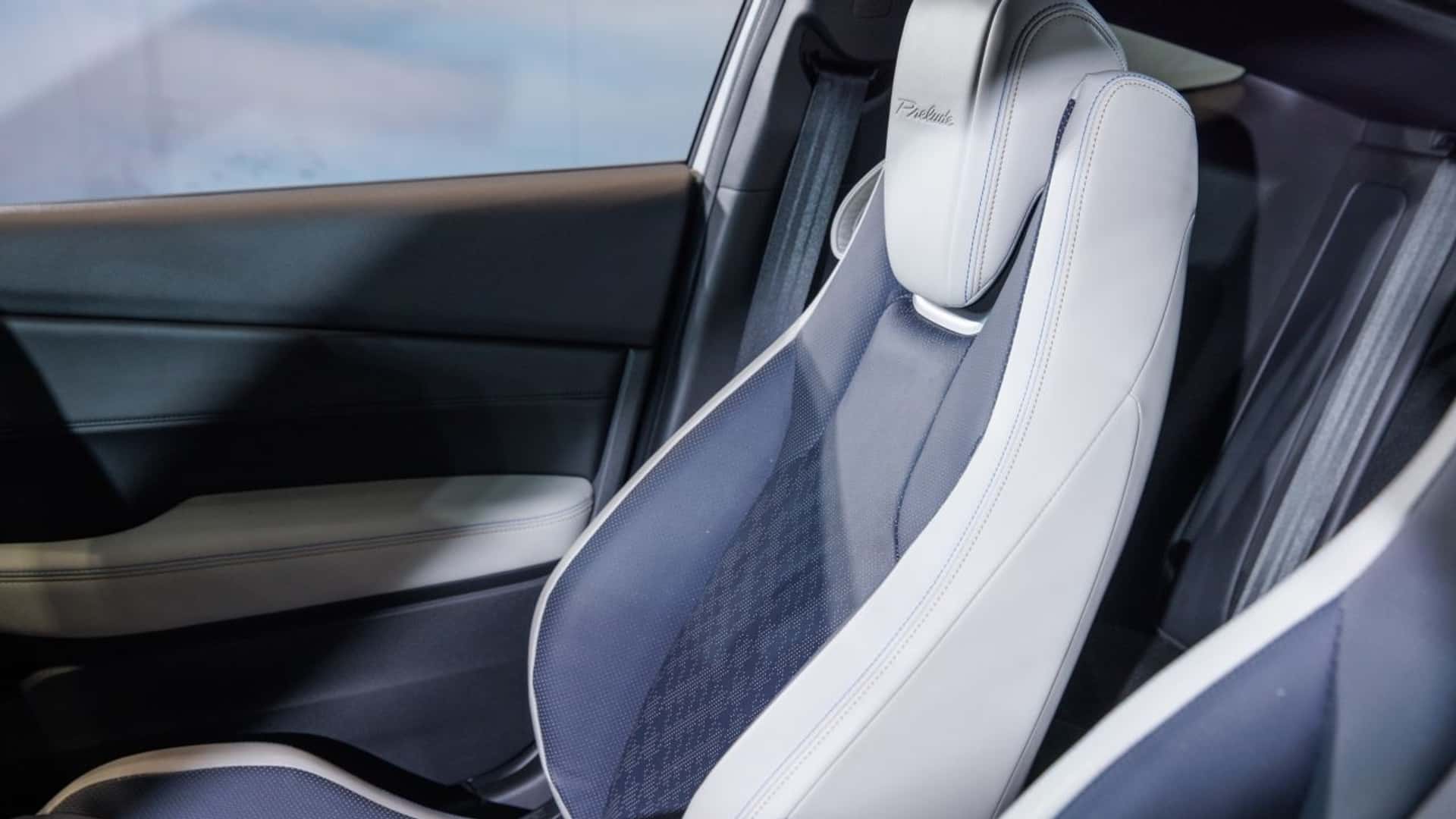
Additional details highlight Honda’s attention to practicality and refinement. Behind the B-pillar quarter glass, small clothing hooks provide a useful storage option, while the rear seats feature integrated headrests. A compact storage compartment between the rear seats adds to the interior’s versatility. Unlike the Integra, which offers a third seat in the rear, the Prelude maintains a strict two-seat configuration. Aesthetic touches include two-tone upholstery and “Prelude” embroidery on the front headrests and passenger side of the dashboard.
While Honda has yet to release full technical specifications, Japanese reports indicate that the Prelude has a shorter wheelbase than the Civic, but features wider front and rear tracks. It also borrows high-performance components from the Civic Type R, including its adaptive dampers and dual-axis front suspension, designed to enhance handling precision. The driving modes have been expanded to include a GT mode, which complements the standard Comfort and Sport settings.
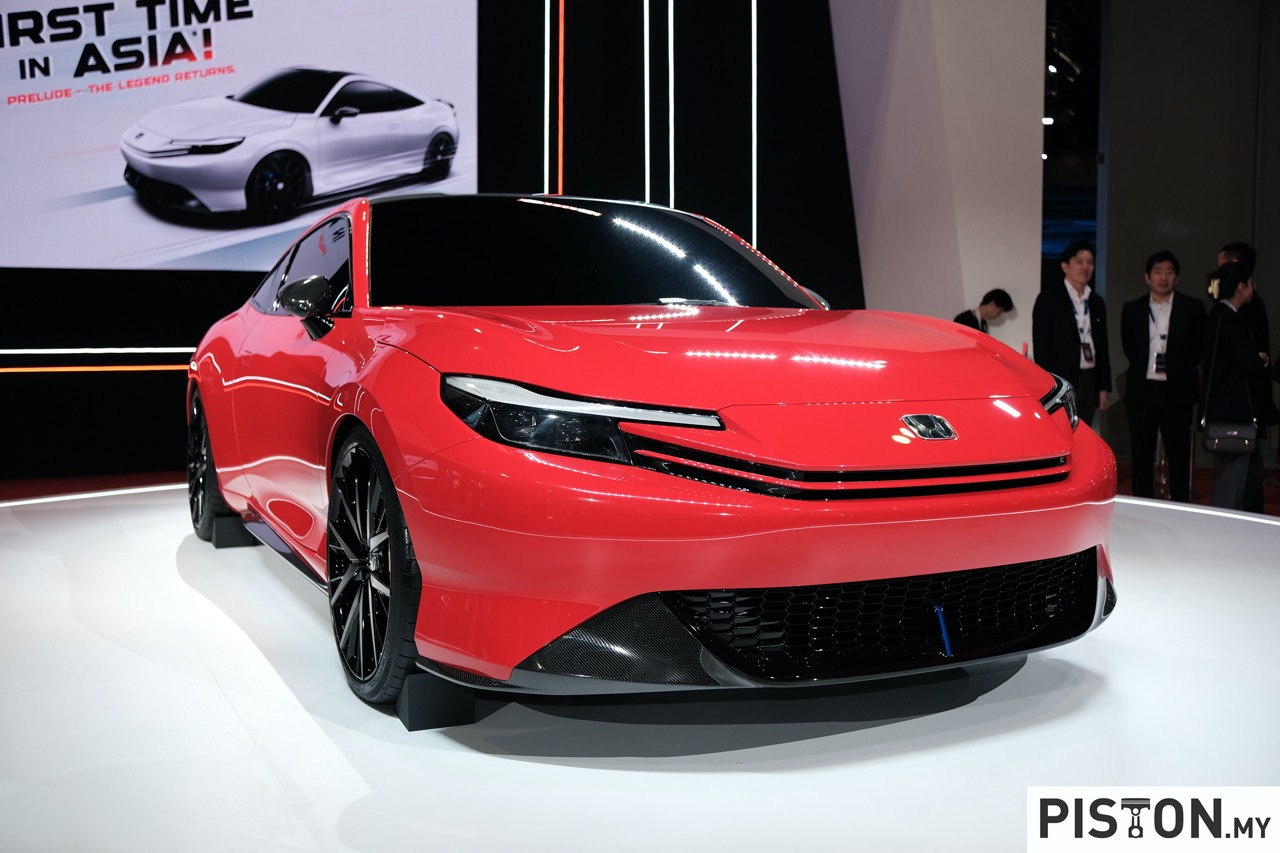
As anticipation builds, enthusiasts await further details on the Prelude’s final specifications and market launch. Honda’s decision to bring back this legendary nameplate underscores its commitment to blending nostalgia with modern performance innovations.







